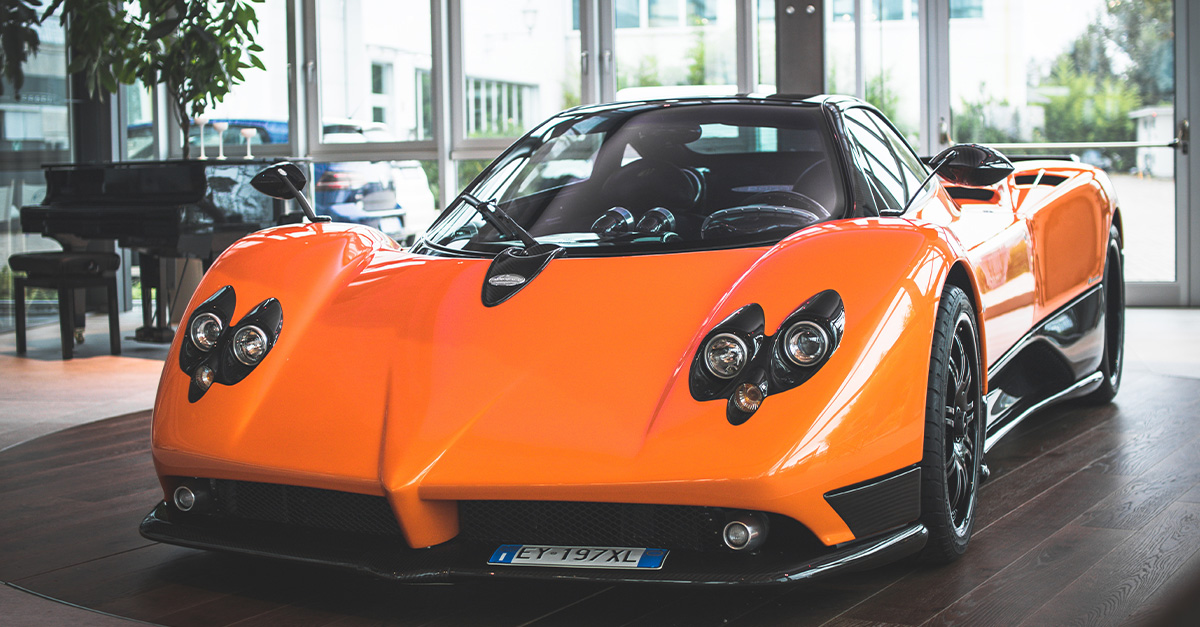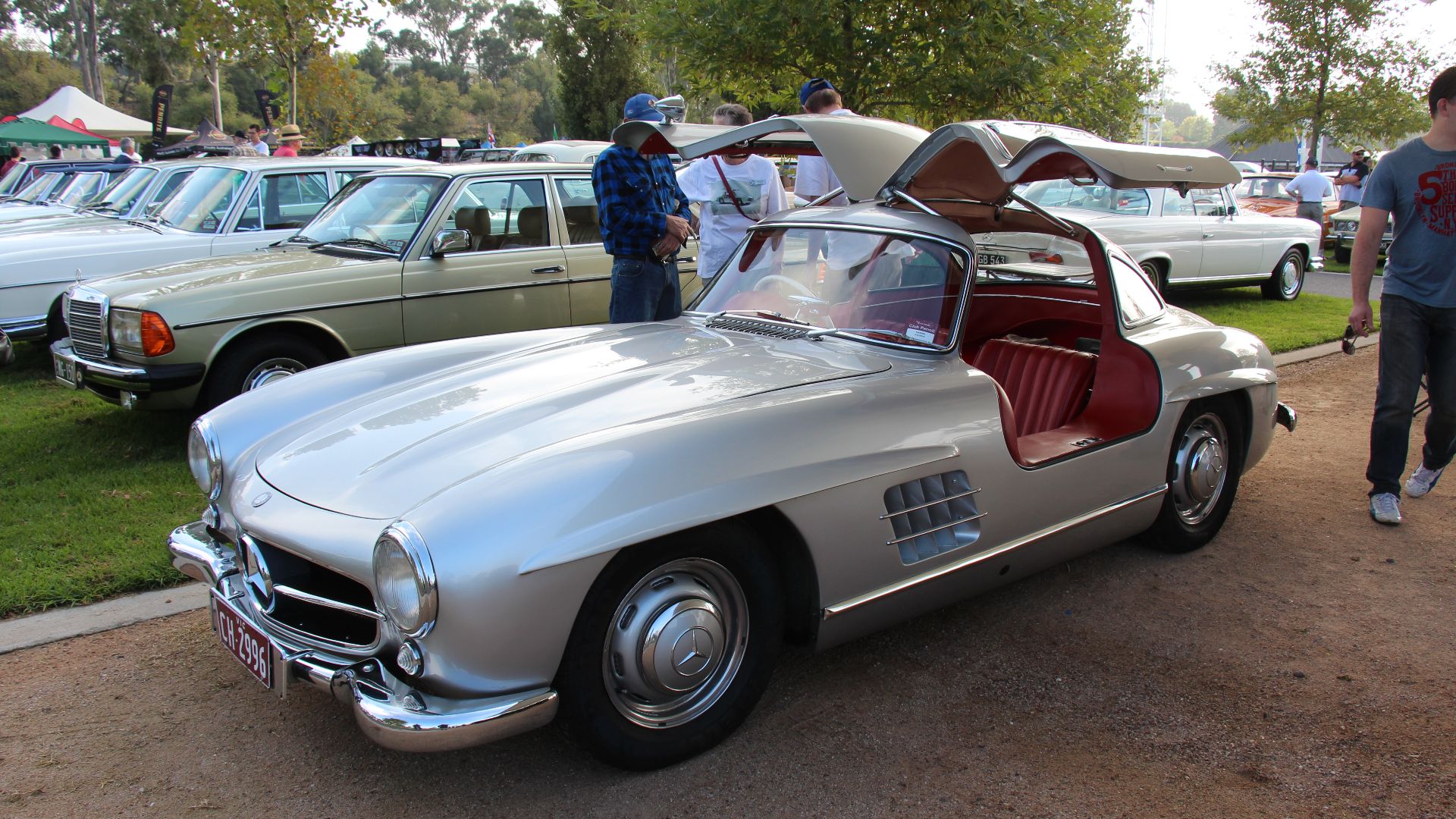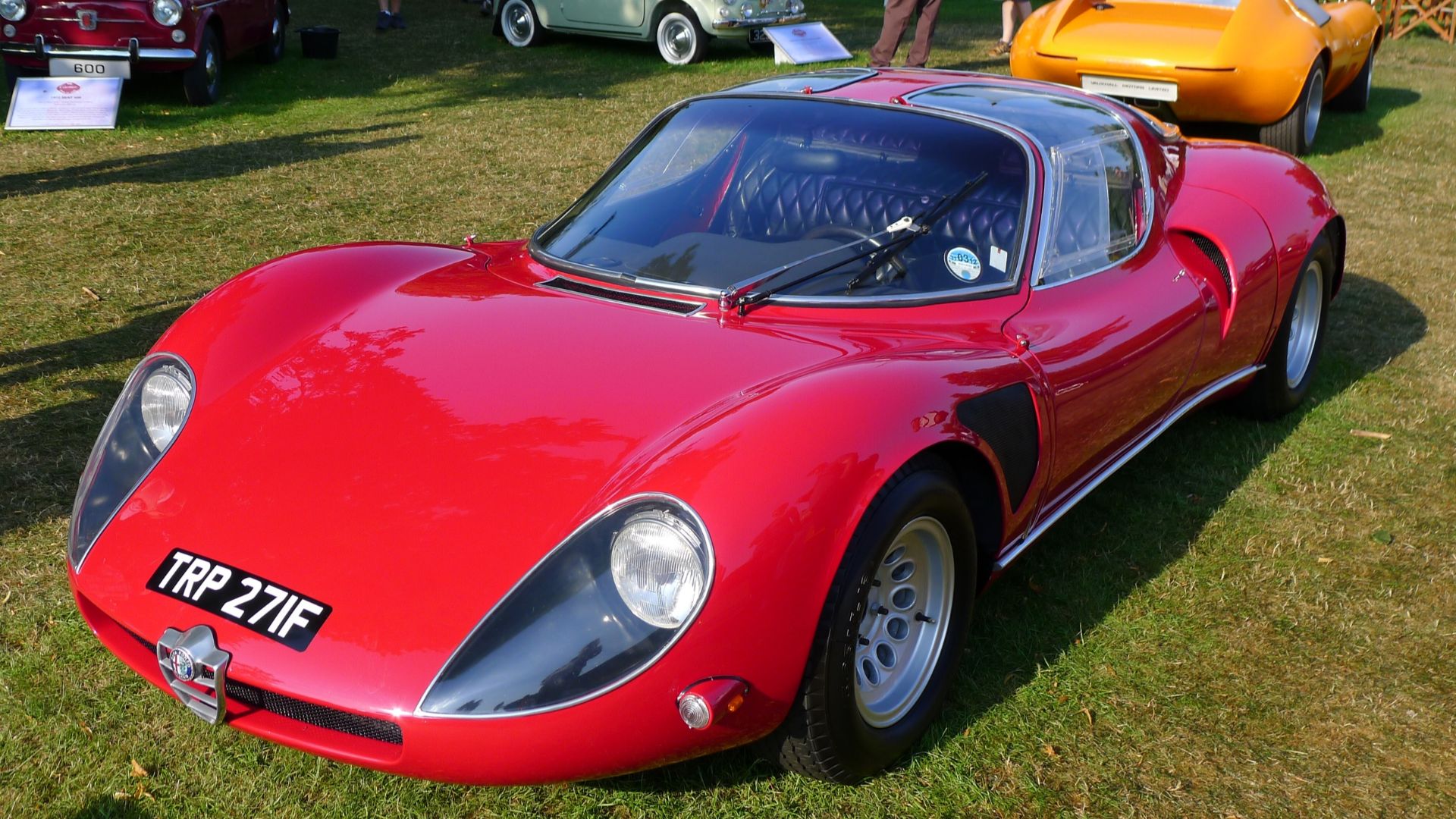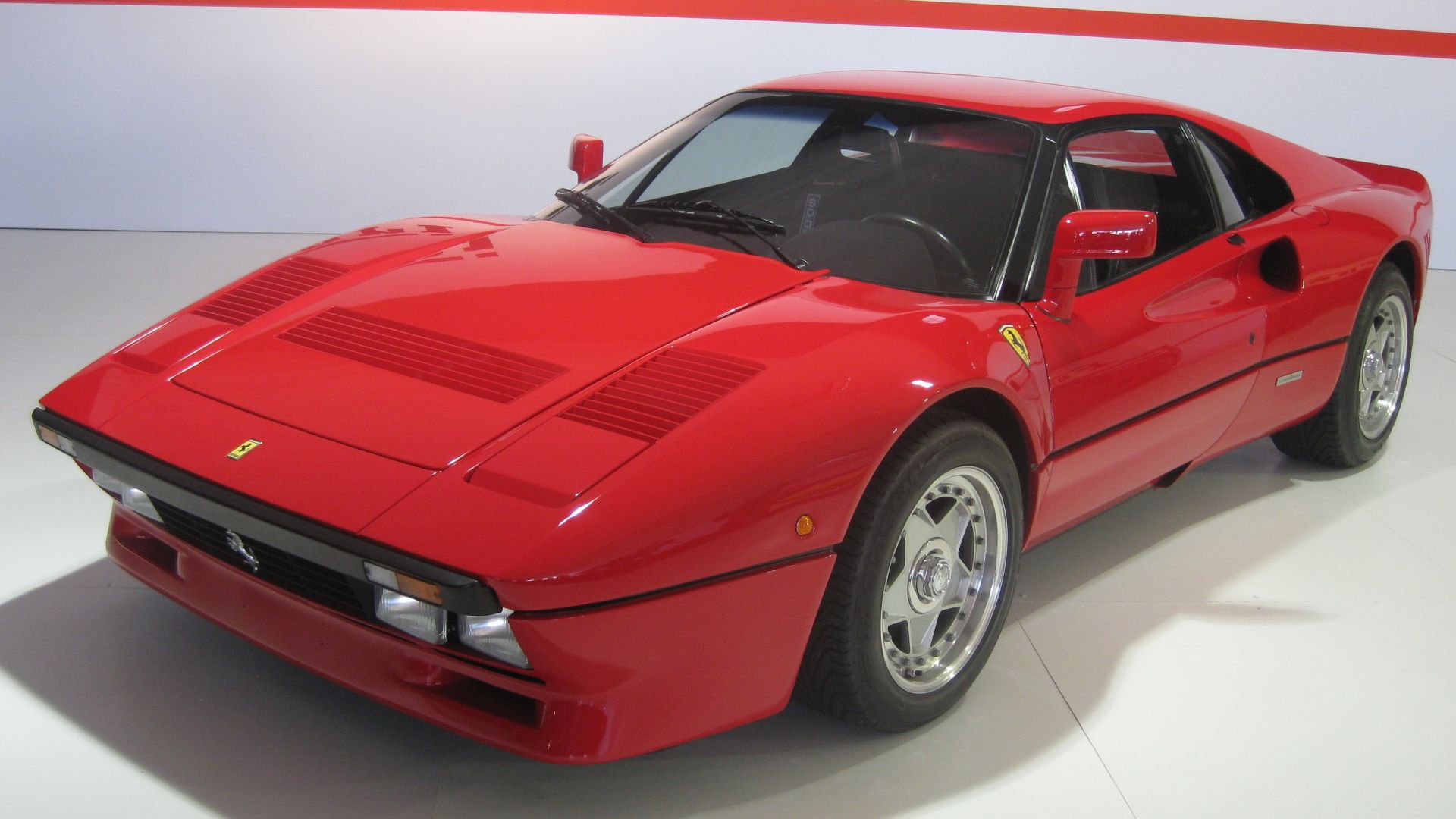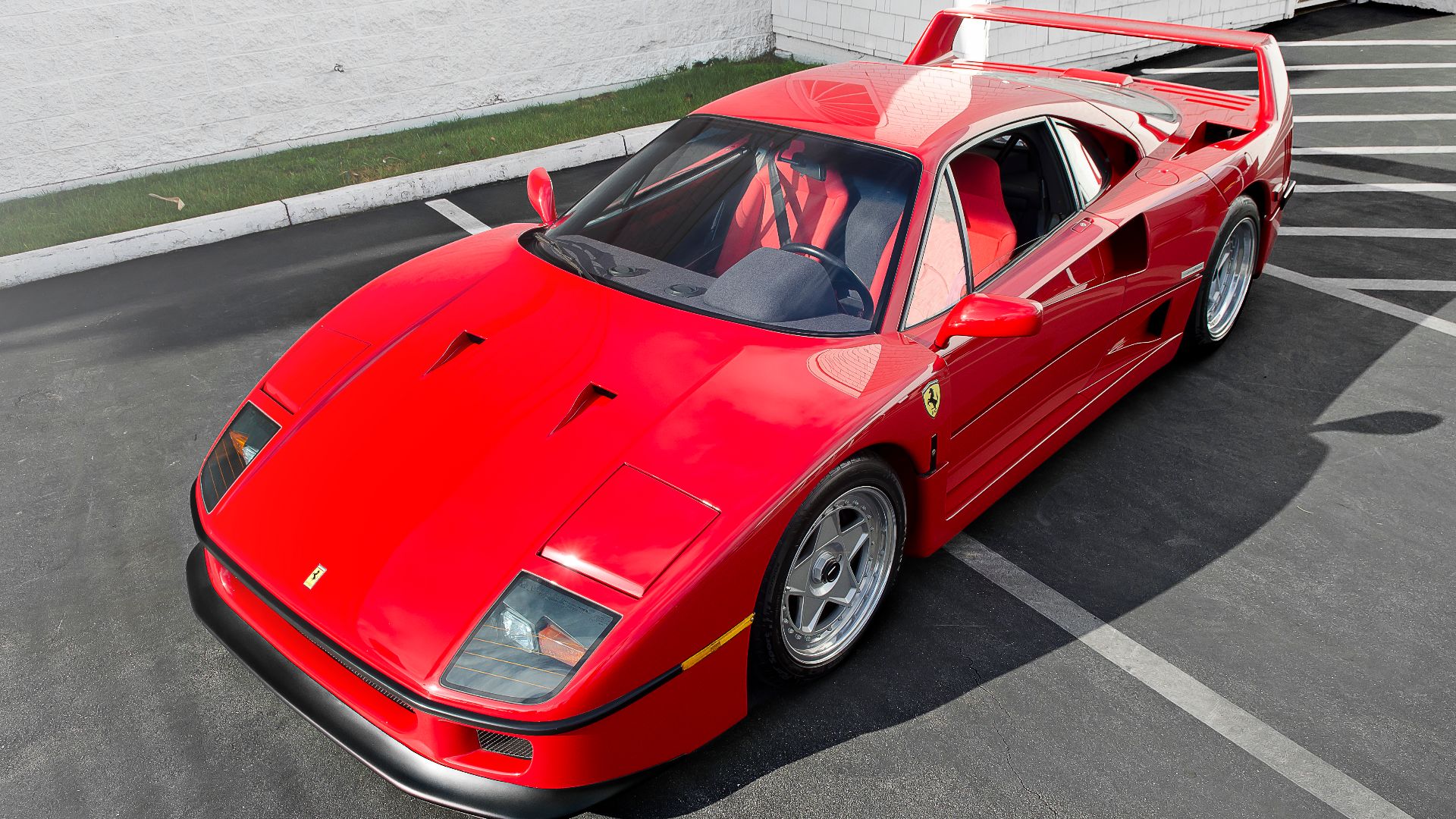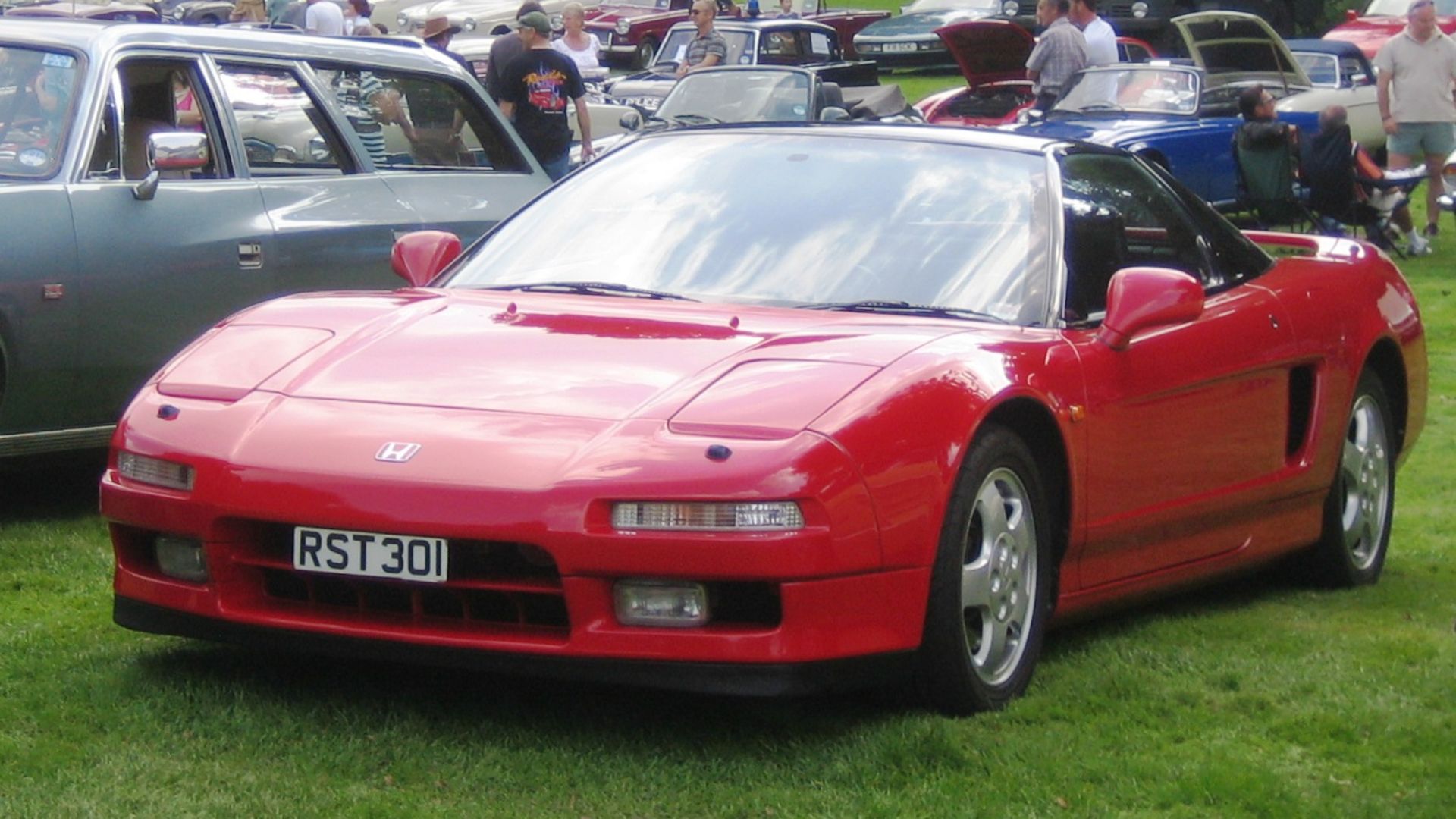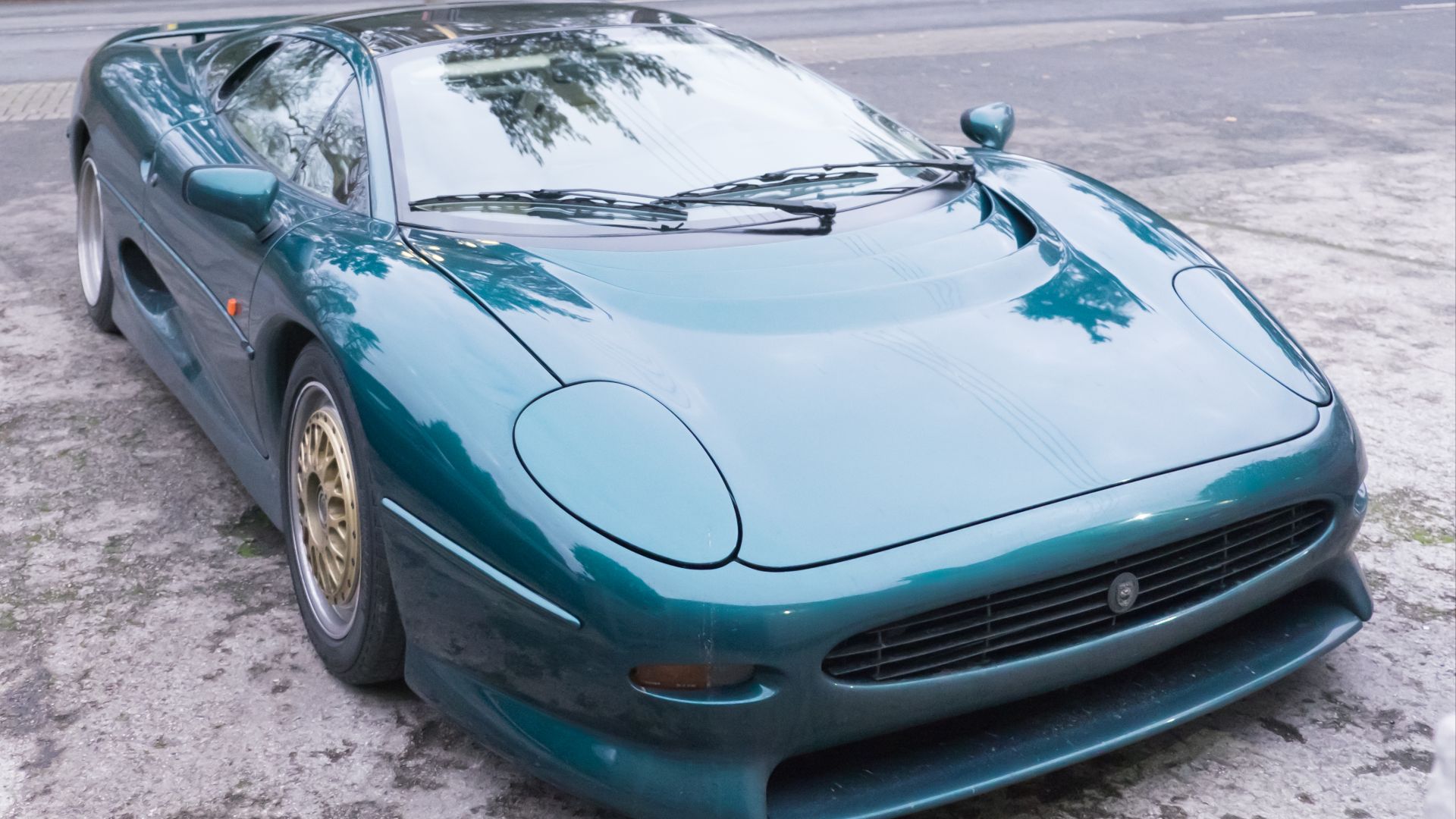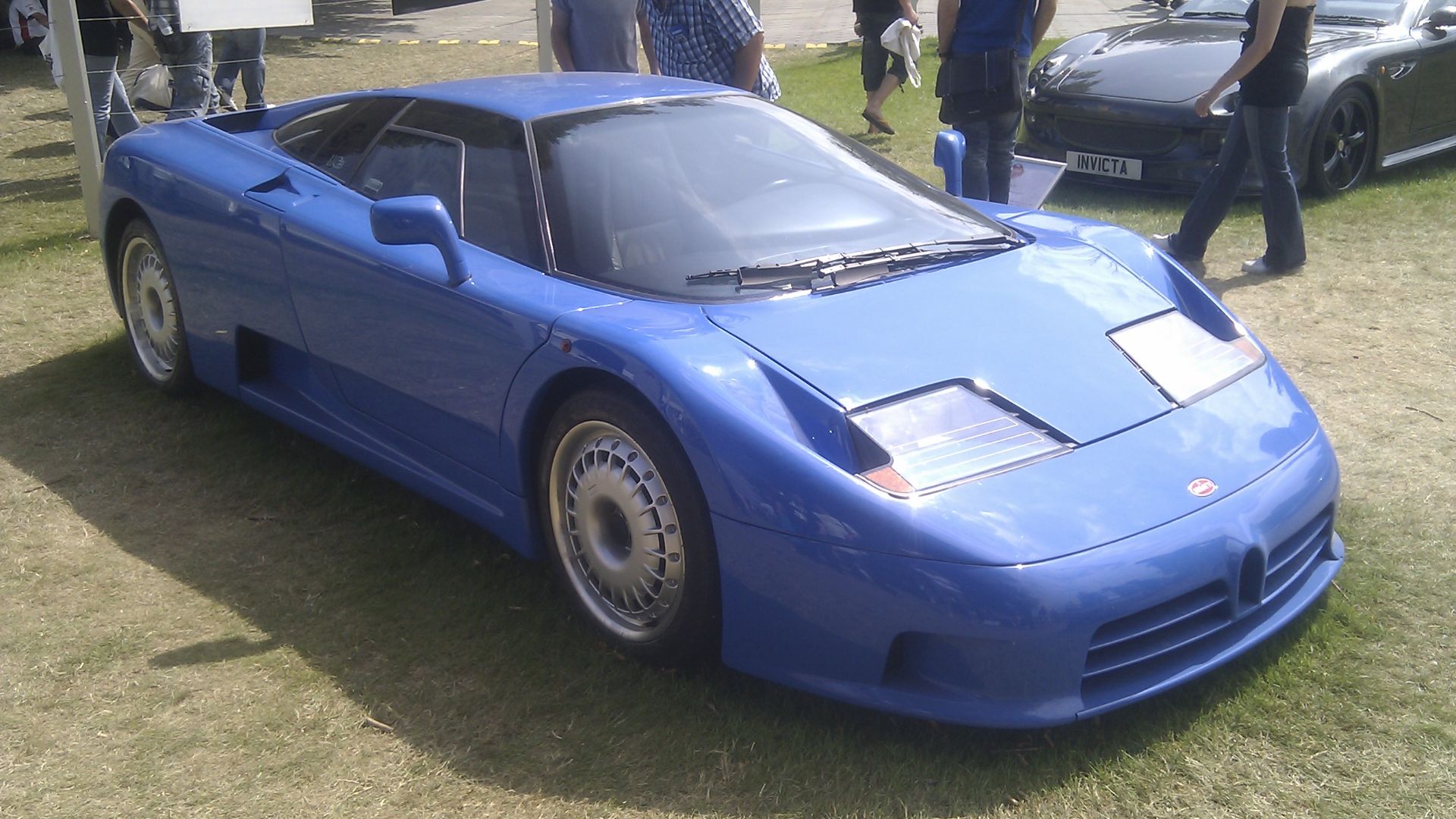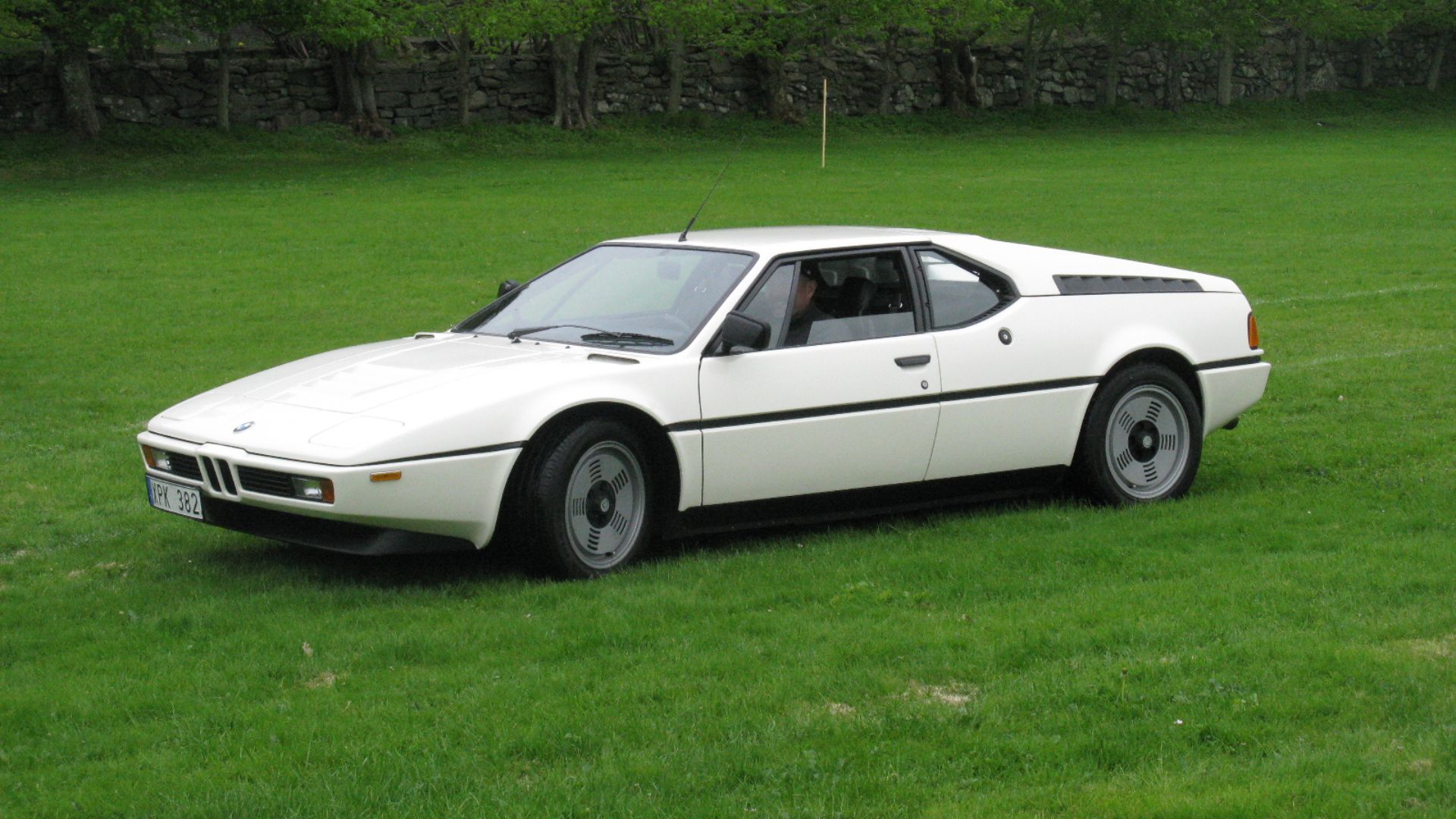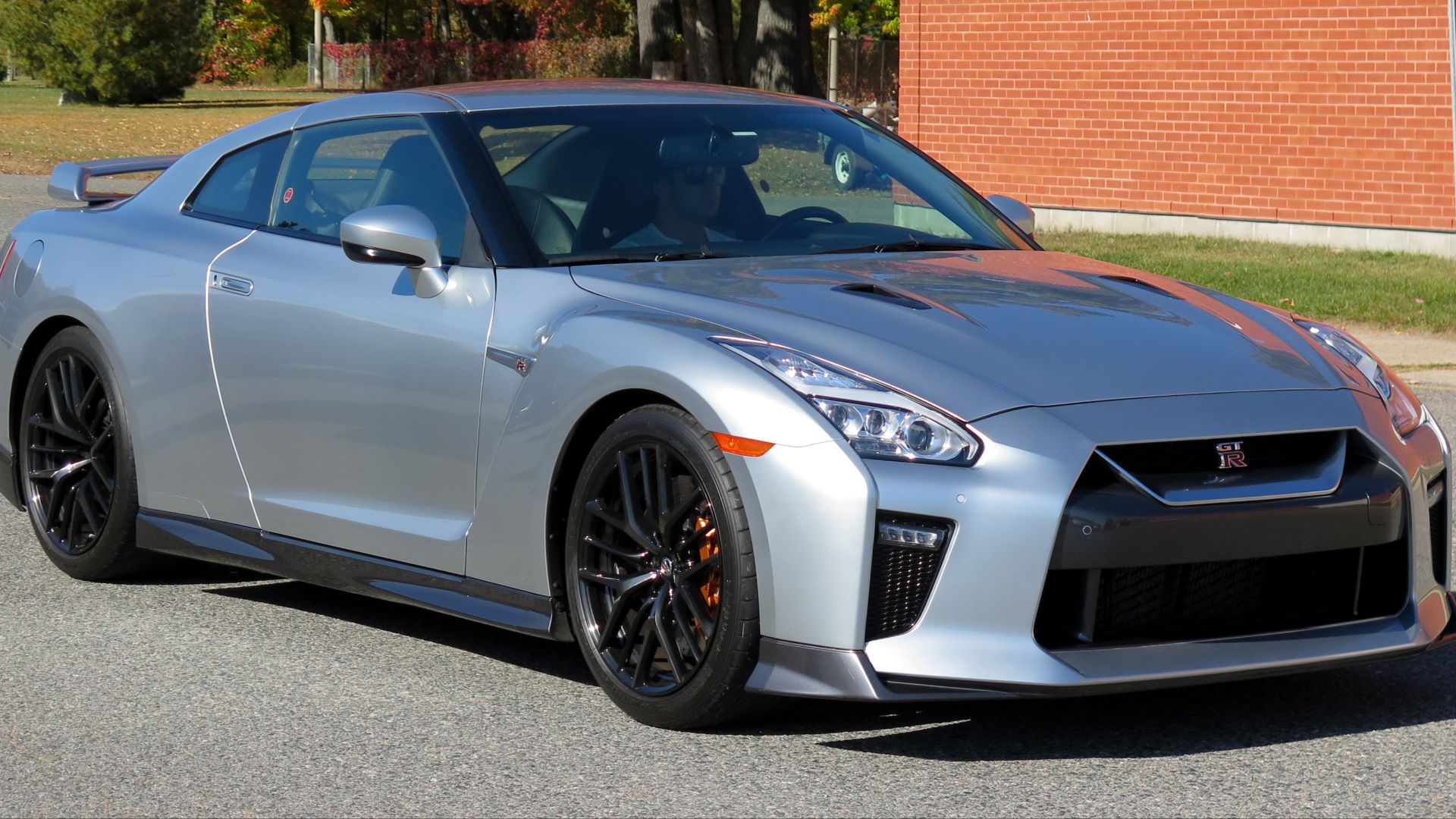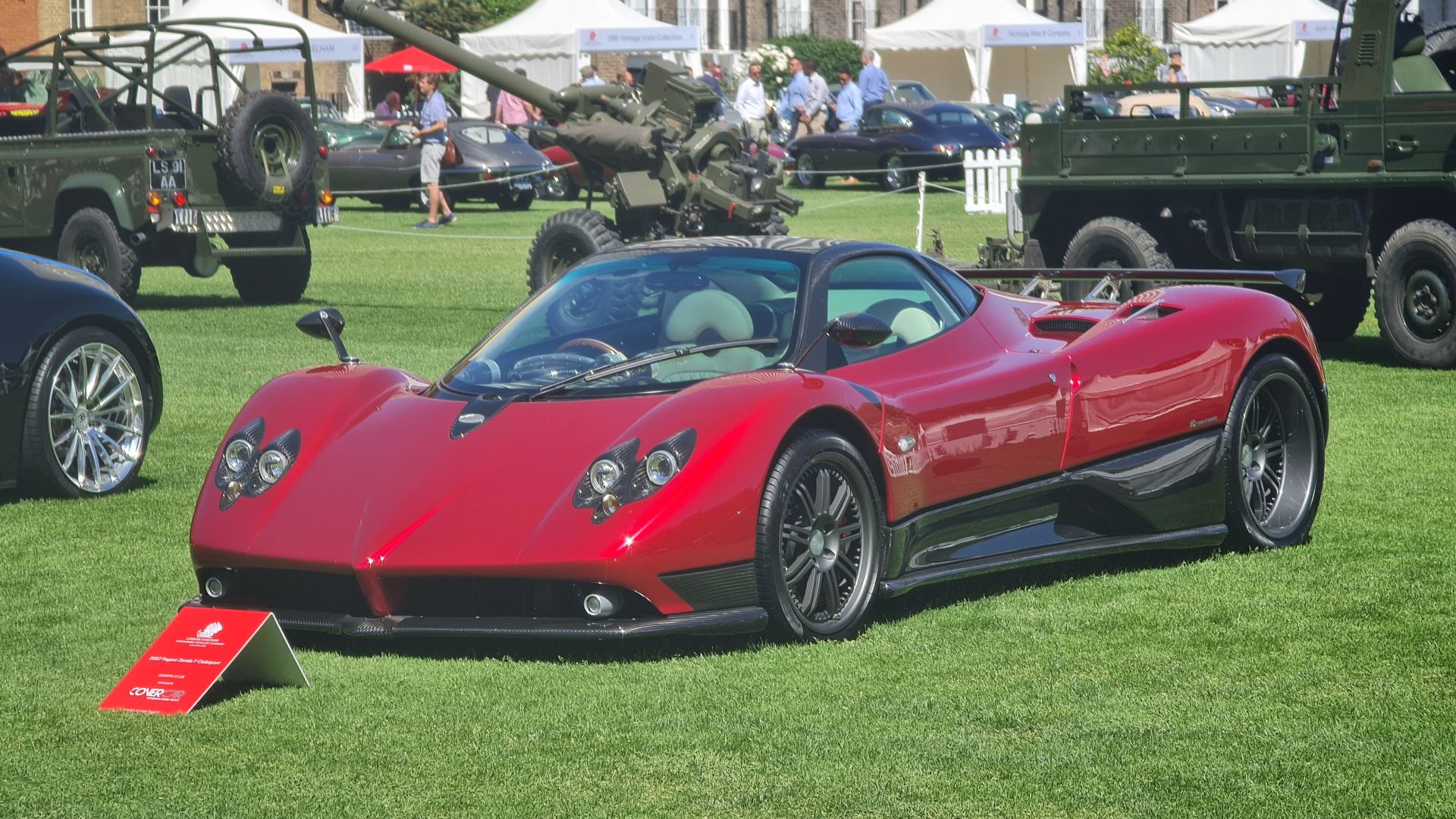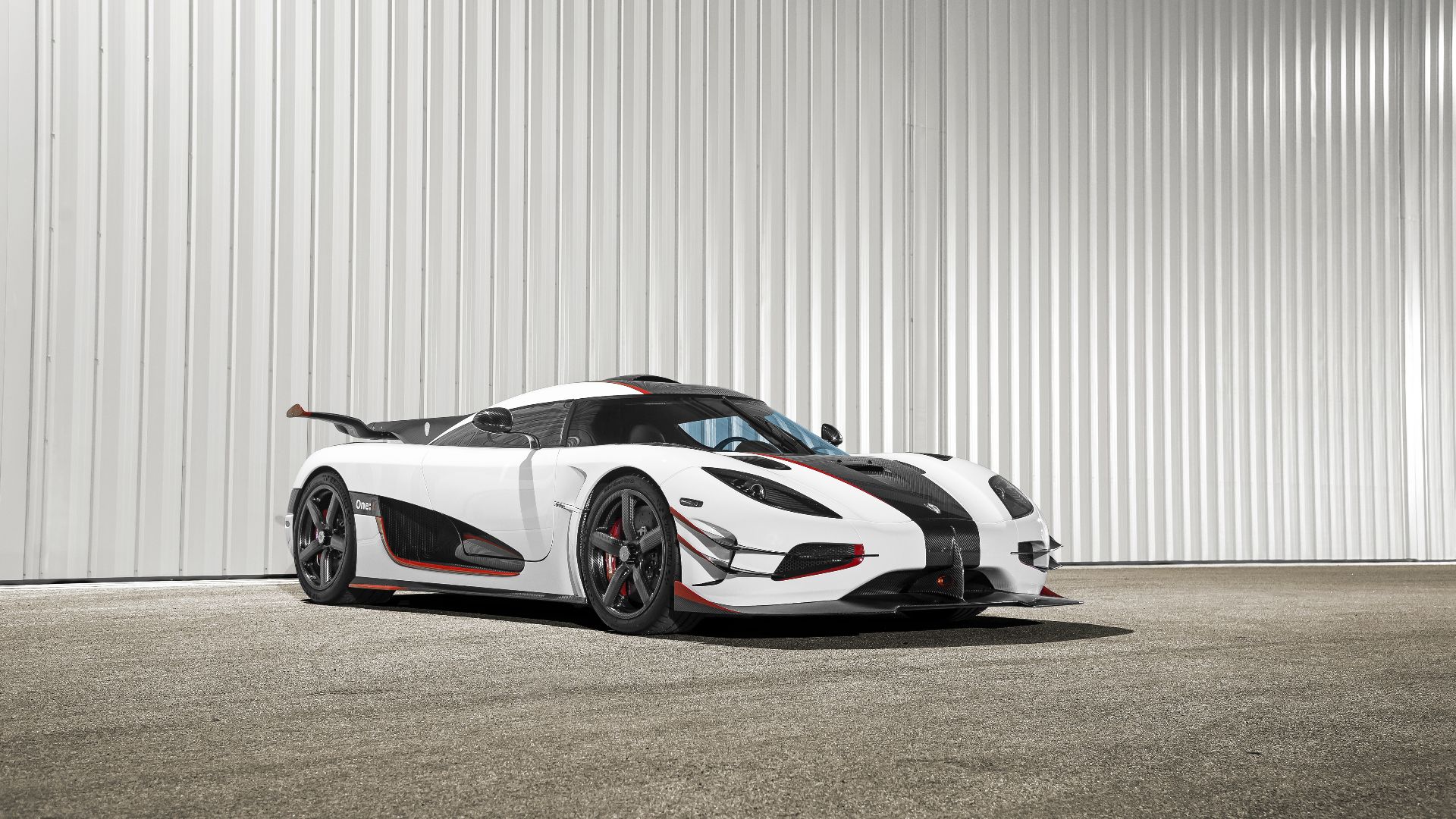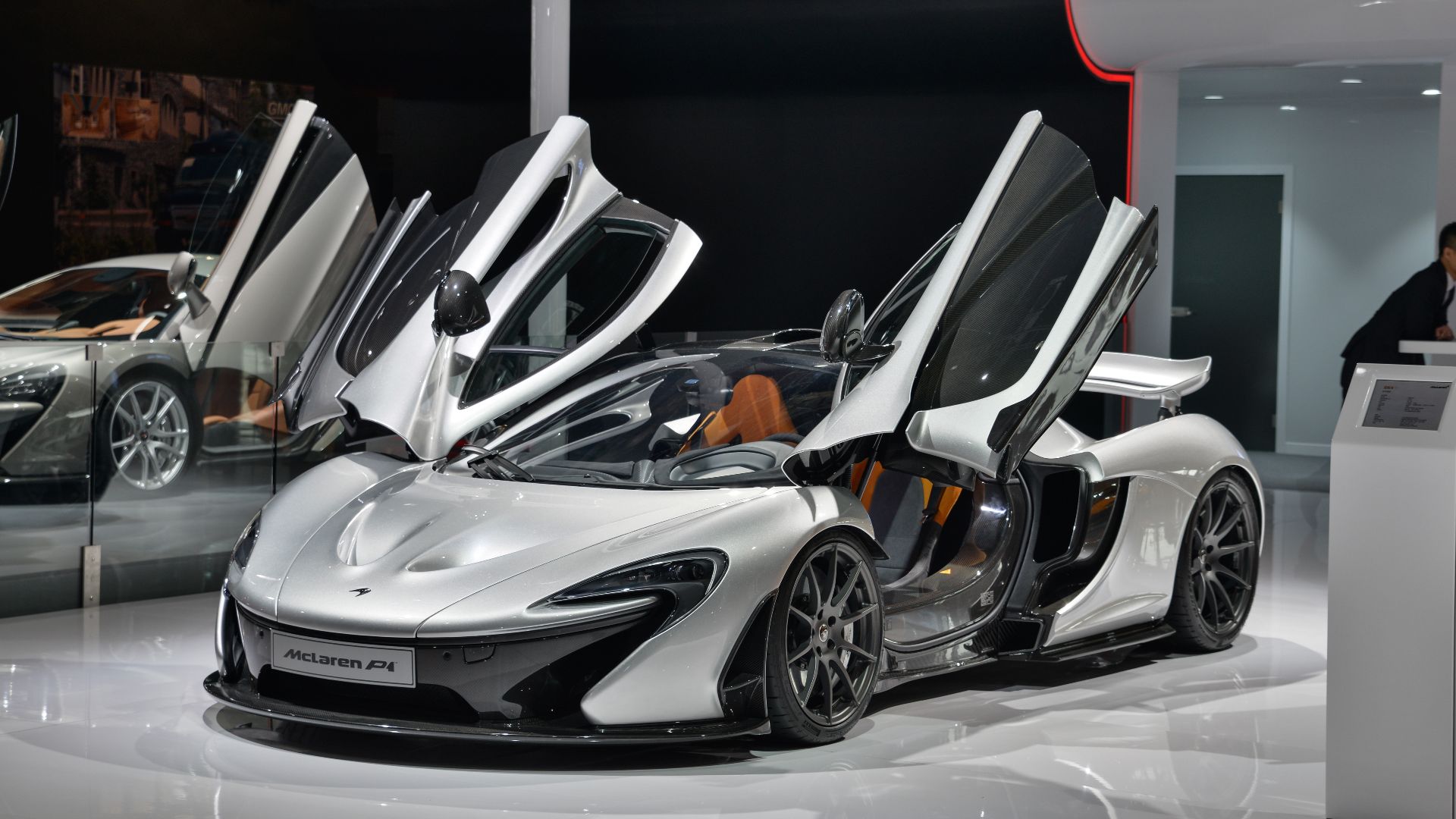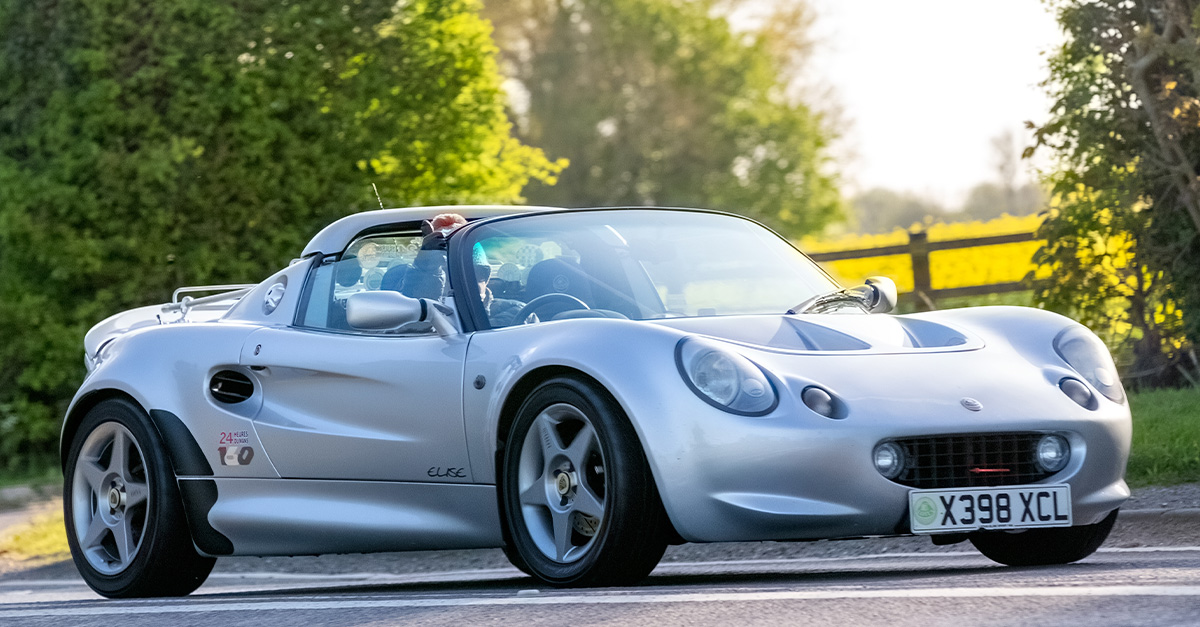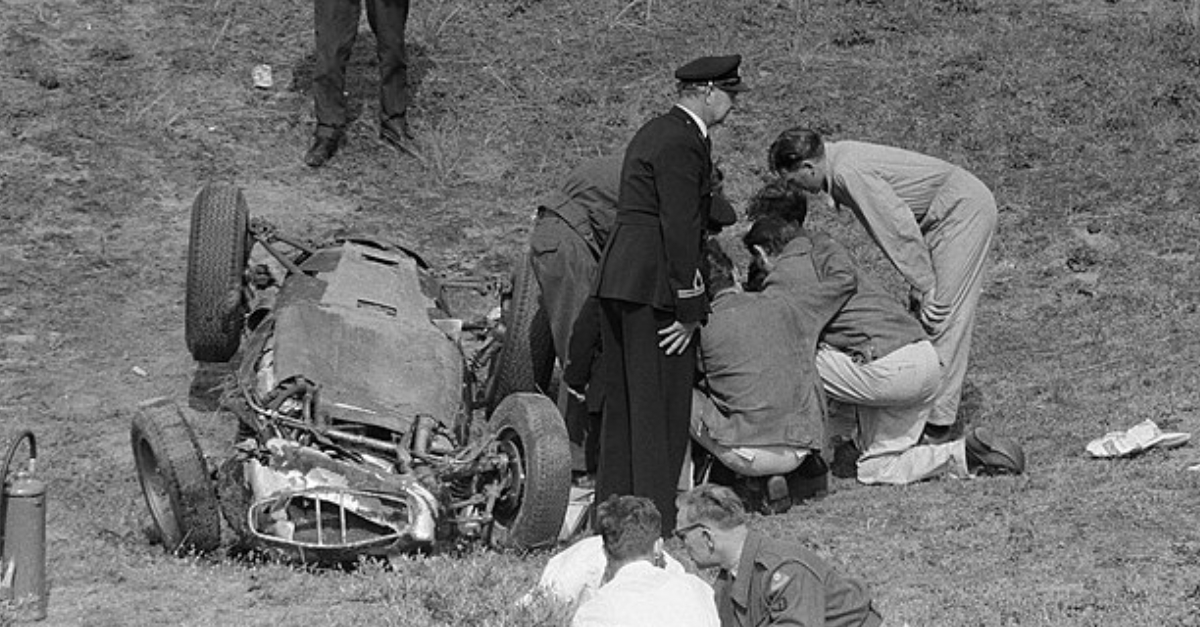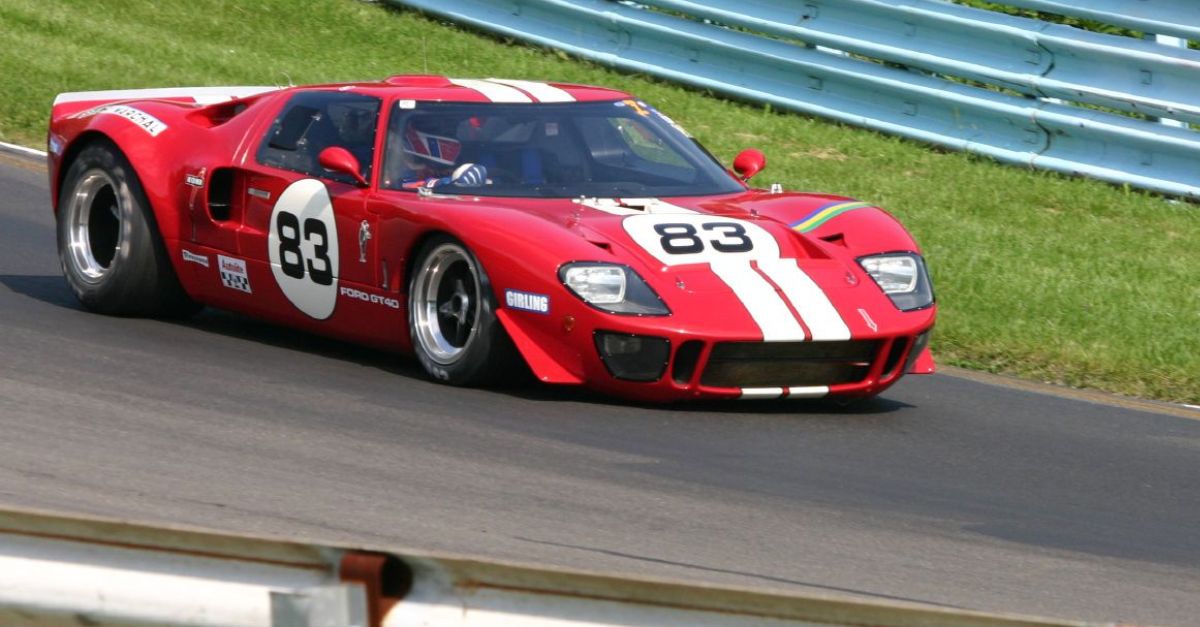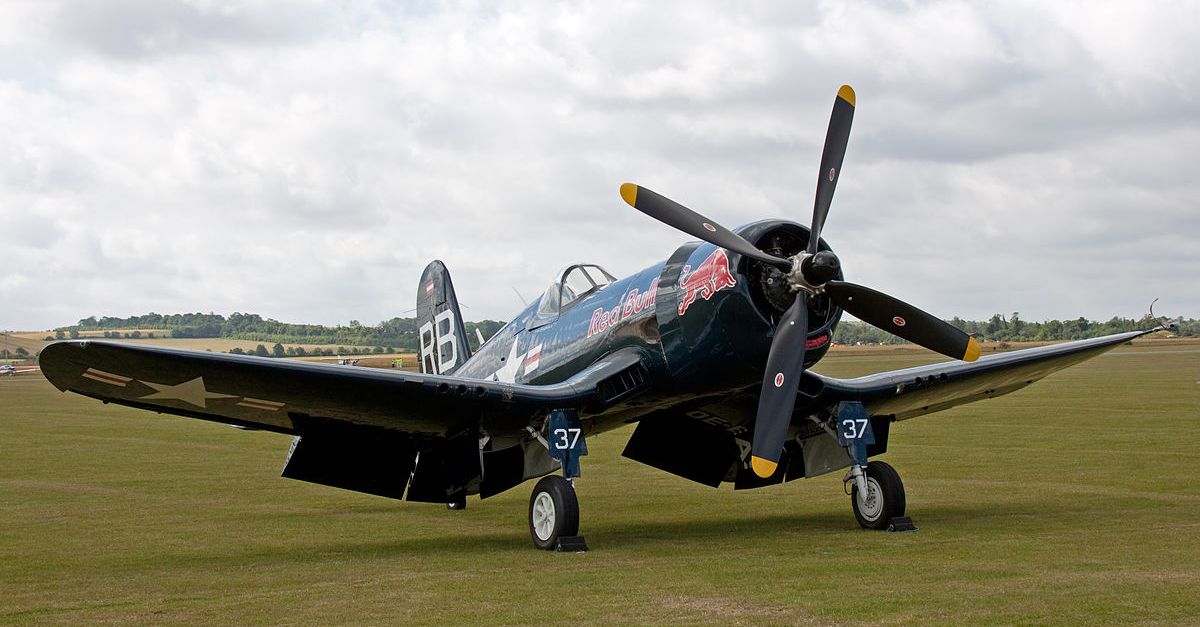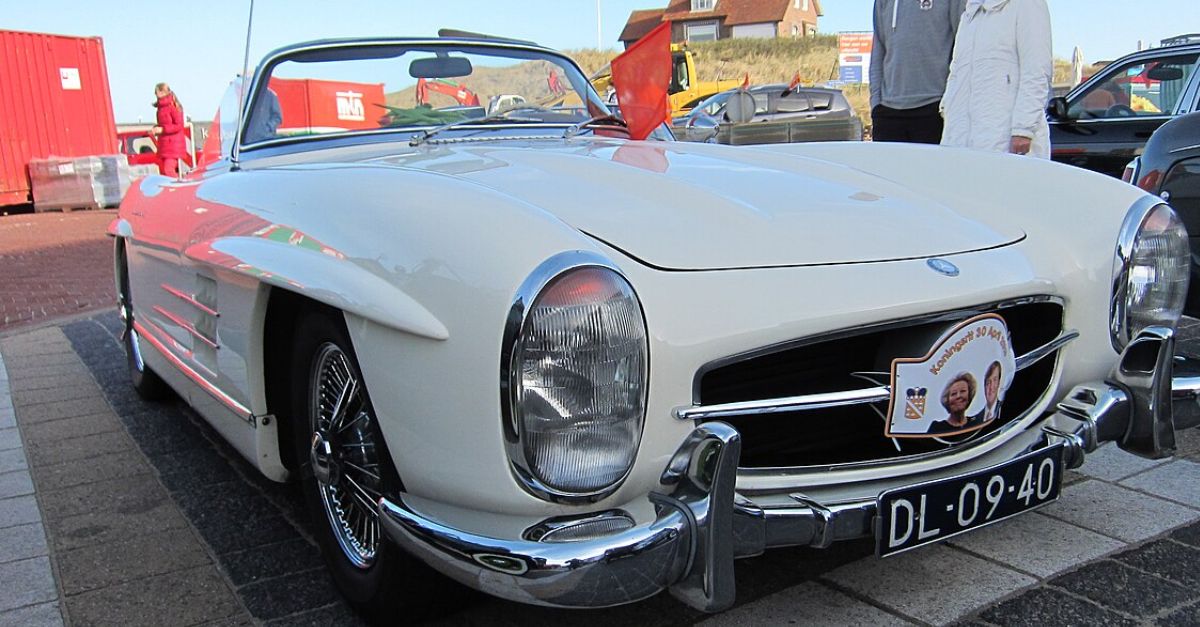Supercars That Were Ahead Of Their Time
From hand-beaten aluminum to carbon tubs and electrons, supercars have always been rolling laboratories. The best ones didn’t just go faster—they rewired the industry’s brain. Here are the game-changers that bent the rulebook, set new baselines, and left everyone else playing catch-up.
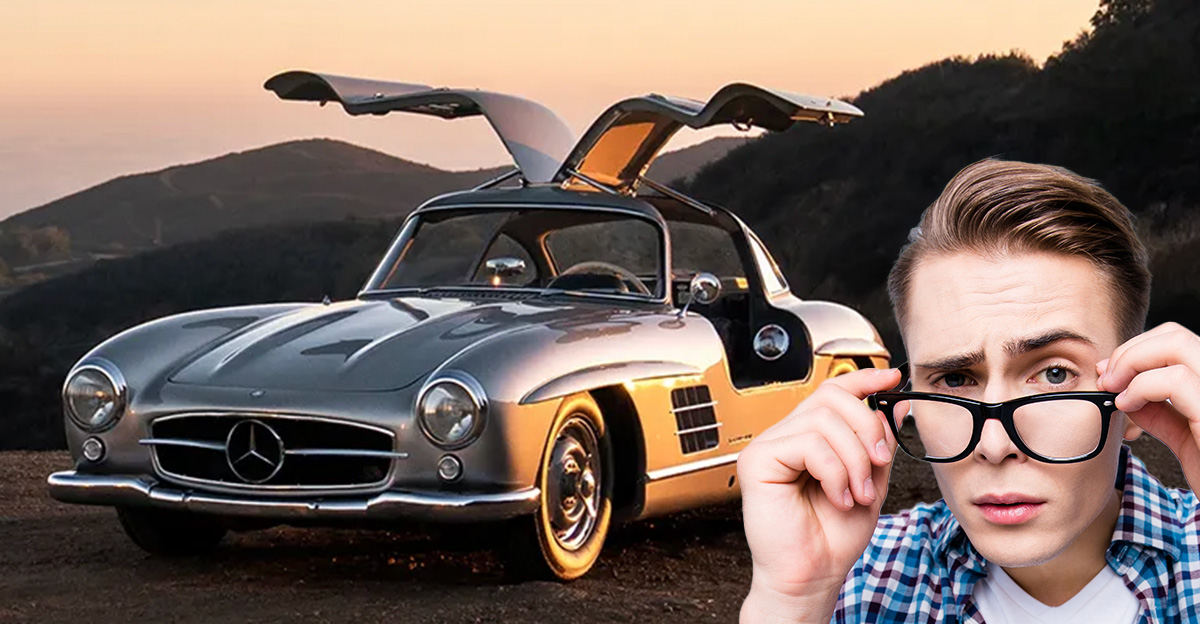
Mercedes-Benz 300 SL “Gullwing”
The 300 SL brought racing tech to the street with direct fuel injection and a lightweight spaceframe. Those famous gullwing doors weren’t just stylish—they were necessary because of the frame design. In the 1950s, nothing else combined such advanced engineering with glamorous looks, making it the definitive sports car of its era.
Lamborghini Miura
A transverse, mid-mounted V12 under Bertone’s flowing bodywork made the Miura both beautiful and blisteringly quick. It effectively birthed the modern mid-engine supercar template. At its launch in 1966, it was the fastest road car in the world, and it forever changed how manufacturers thought about supercar packaging and proportions.
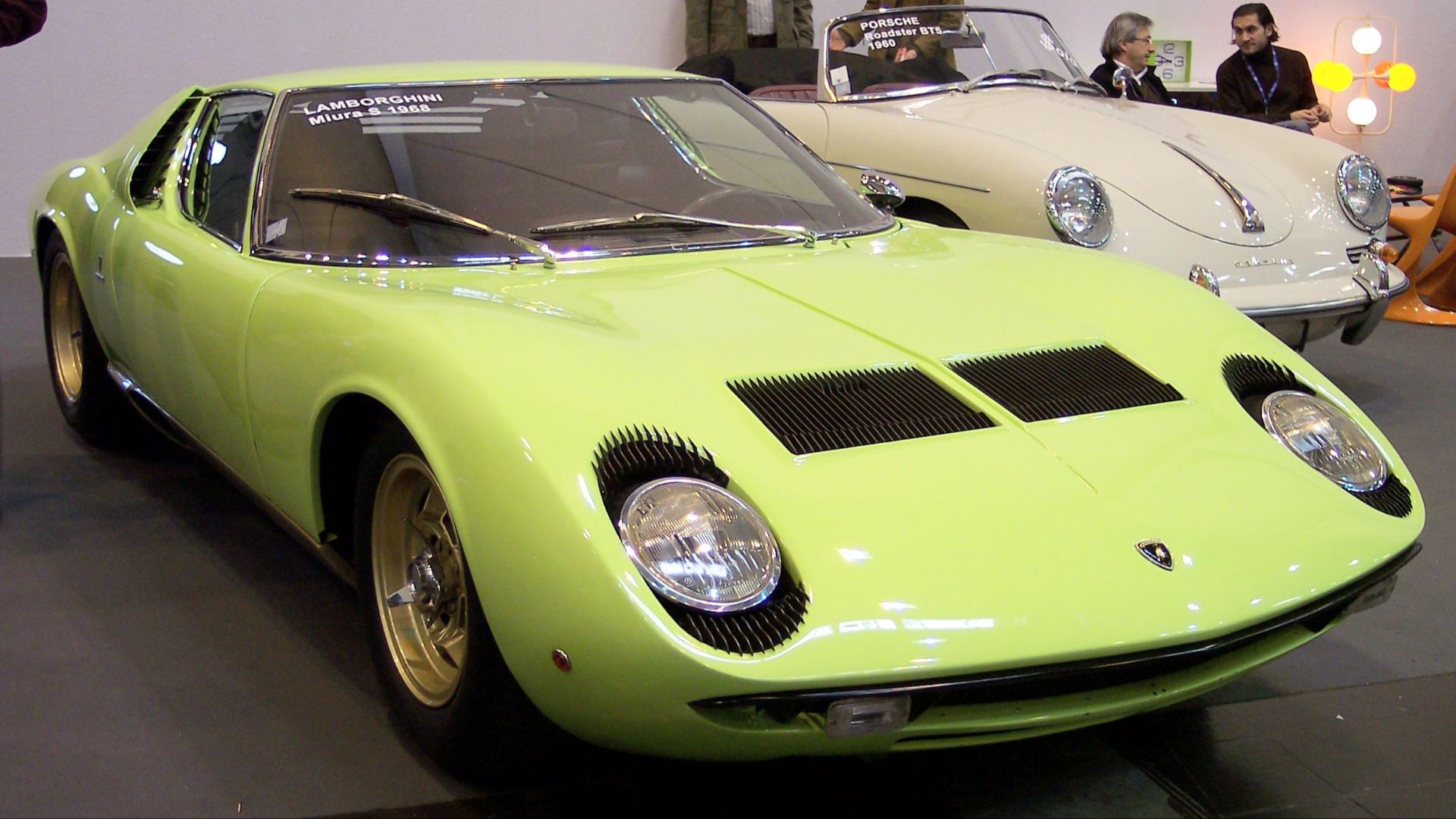 Stahlkocher, Wikimedia Commons
Stahlkocher, Wikimedia Commons
Alfa Romeo 33 Stradale
The 33 Stradale blended Italian beauty with racing DNA. With butterfly doors and a screaming V8, it brought Le Mans tech to the road. Its lightness and design purity set new standards for what a road-going race car could be, and it remains one of the rarest and most coveted classics.
Lamborghini Countach
The Countach redefined “wild” with wedge-shaped styling and futuristic scissor doors. It made outrageous looks part of the supercar formula. Beyond the poster appeal, it introduced packaging innovations like a cab-forward stance and wide-track stance, elements that influenced performance car design for decades.
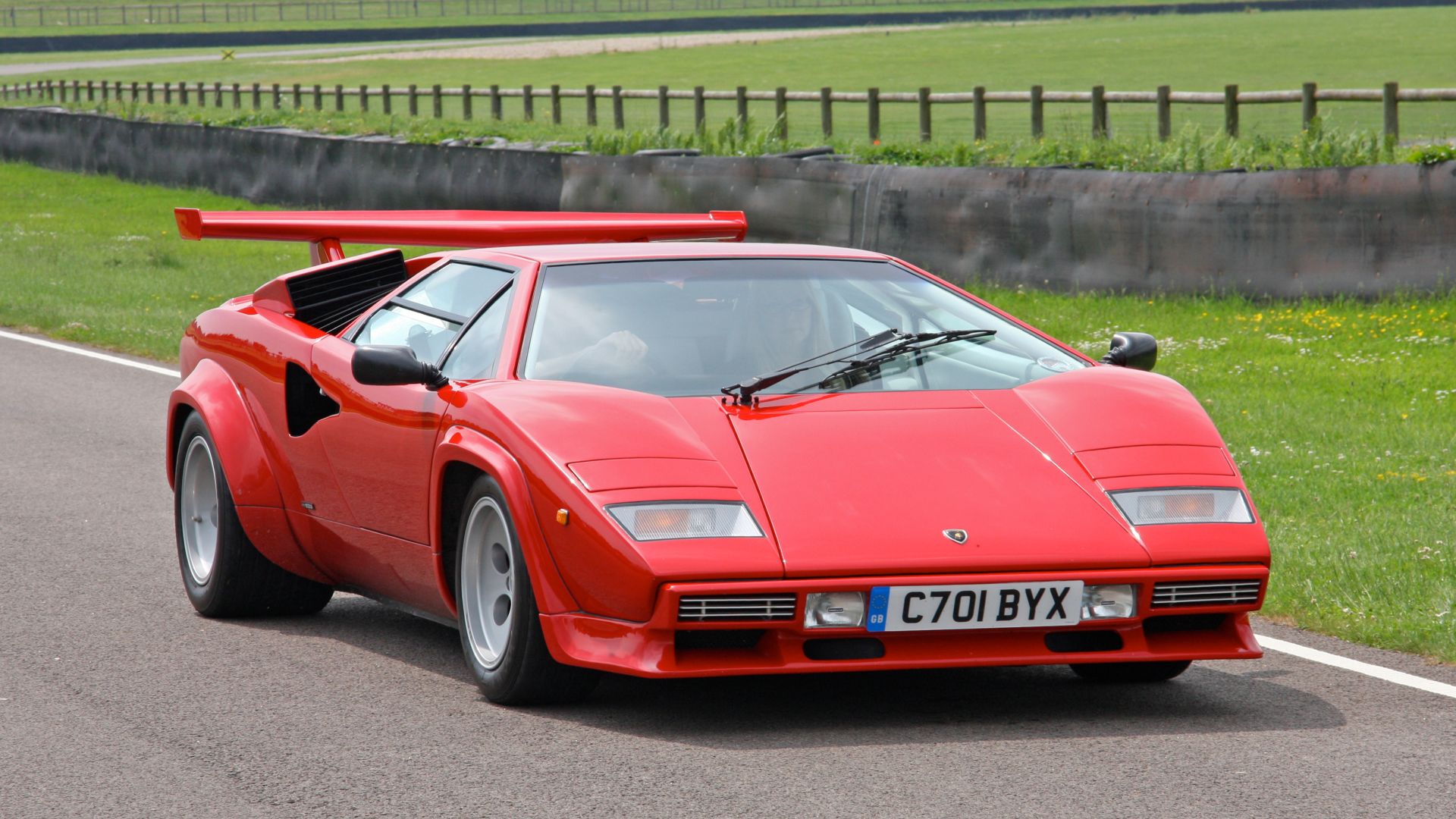 Brian Snelson from Hockley, Essex, England, Wikimedia Commons
Brian Snelson from Hockley, Essex, England, Wikimedia Commons
Ferrari 288 GTO
Ferrari’s first turbocharged road car, the 288 GTO, was born from Group B racing dreams. With a twin-turbo V8 and composite panels, it previewed Ferrari’s halo-car future. It essentially created the genre of the “modern limited-run supercar,” becoming the ultimate collectible for enthusiasts and setting the stage for the F40.
Porsche 959
With sequential twin-turbos, adjustable suspension, torque-vectoring all-wheel drive, and even tire-pressure monitoring, the 959 was more spaceship than car. It became the most technologically advanced vehicle of the 1980s. Though built in limited numbers, its innovations influenced everything from rally cars to everyday Porsches, cementing it as a landmark achievement.
Ferrari F40
Enzo Ferrari’s swan song was savage: a carbon-Kevlar shell, twin-turbo power, and almost no creature comforts. The F40 was brutally fast and raw. It proved that minimalism and advanced materials could create an icon, and its purity still defines the gold standard for driver-focused supercars decades later.
Honda/Acura NSX (First Gen)
Honda stunned the world with an all-aluminum monocoque supercar tuned by Ayrton Senna. The NSX was razor-sharp yet shockingly reliable. It forced Ferrari, Porsche, and others to rethink usability, ergonomics, and build quality, sparking a new era where supercars could be daily-driven without the pain of constant breakdowns.
Jaguar XJ220
Despite controversy over its V6 instead of a promised V12, the XJ220 was lightning fast. Its aluminum honeycomb structure kept weight down. At 217 mph, it briefly wore the crown as the world’s fastest car, proving Jaguar could still innovate at the very top of the performance pyramid.
Bugatti EB110
The EB110 was decades ahead with a carbon-fiber chassis, quad-turbo V12, and advanced all-wheel drive. It combined French flair with Italian construction. Despite Bugatti’s financial woes, it showed how radical engineering could be married with opulence, and its DNA clearly influenced Bugatti’s later Veyron and Chiron megacars.
McLaren F1
The McLaren F1 wasn’t just fast—it was revolutionary. A carbon-fiber tub, gold-lined engine bay, and three-seat layout screamed innovation. In 1998, it set a 240 mph record, and for years no one came close. It is still hailed as the ultimate expression of purity, balance, and engineering obsession.
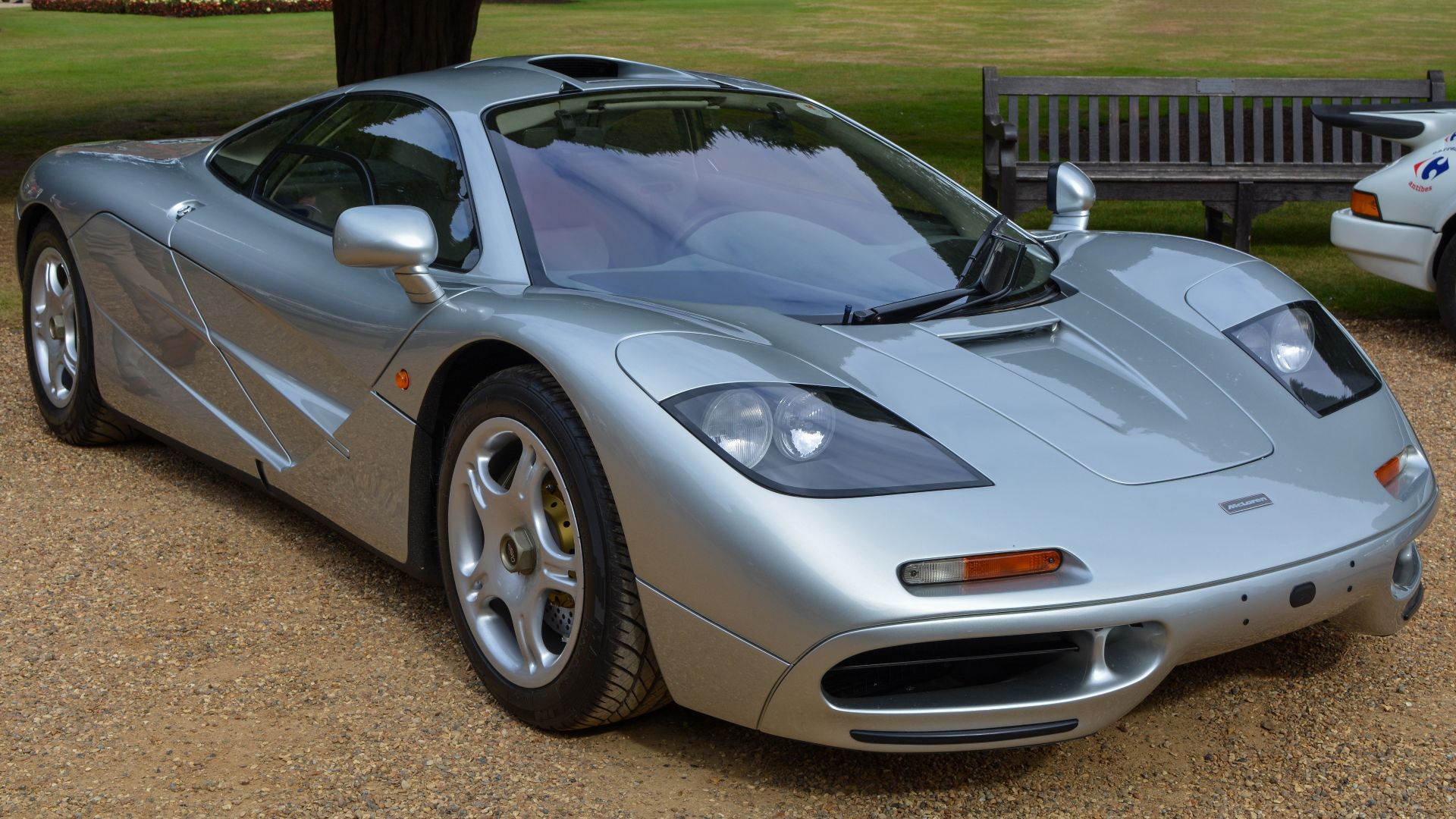 Chelsea Jay, Wikimedia Commons
Chelsea Jay, Wikimedia Commons
BMW M1
BMW’s only true mid-engine road car doubled as the base for Procar racing, bringing motorsport DNA to the street. Styled by Giugiaro, the M1 laid groundwork for the M Division. It showed Germany could do exotic engineering and styling just as well as the Italians, if not better.
RUF CTR “Yellowbird”
This Porsche-based missile shocked the world by hitting nearly 213 mph in 1987. Lightweight tweaks, turbo mastery, and aerodynamics delivered giant-killing performance. The Yellowbird famously starred in the “Faszination” video on the Nürburgring, cementing its status as a cult hero and proving tuner-built cars could humble factory exotics.
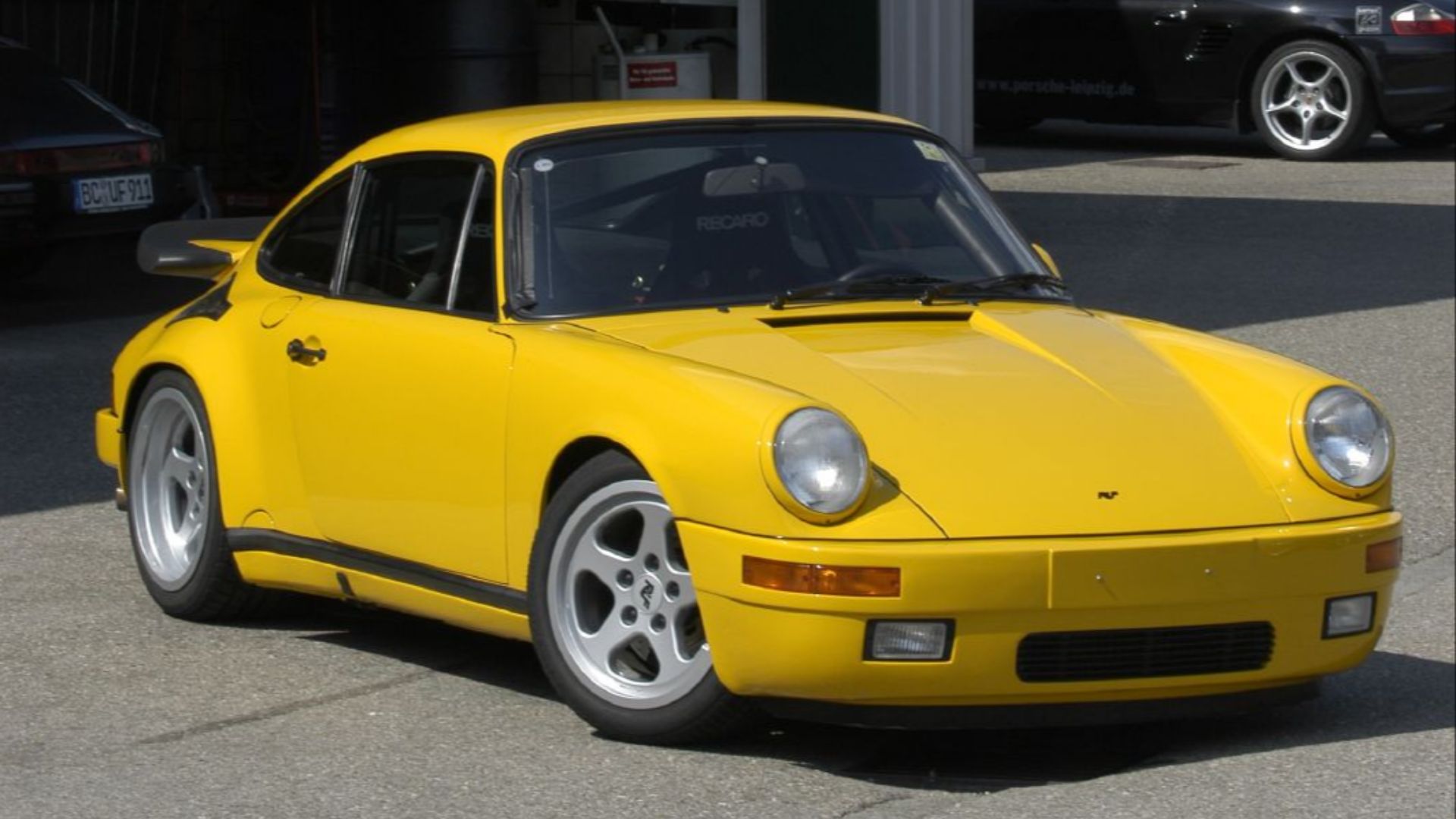 ducktail964, Wikimedia Commons
ducktail964, Wikimedia Commons
Porsche Carrera GT
Powered by a Le Mans-derived V10, the Carrera GT was a raw yet beautiful monster. Its carbon chassis and ceramic clutch demanded skill. Though intimidating, it delivered unmatched engagement, reminding the world that analog thrills still had a place in the increasingly digital 2000s supercar landscape.
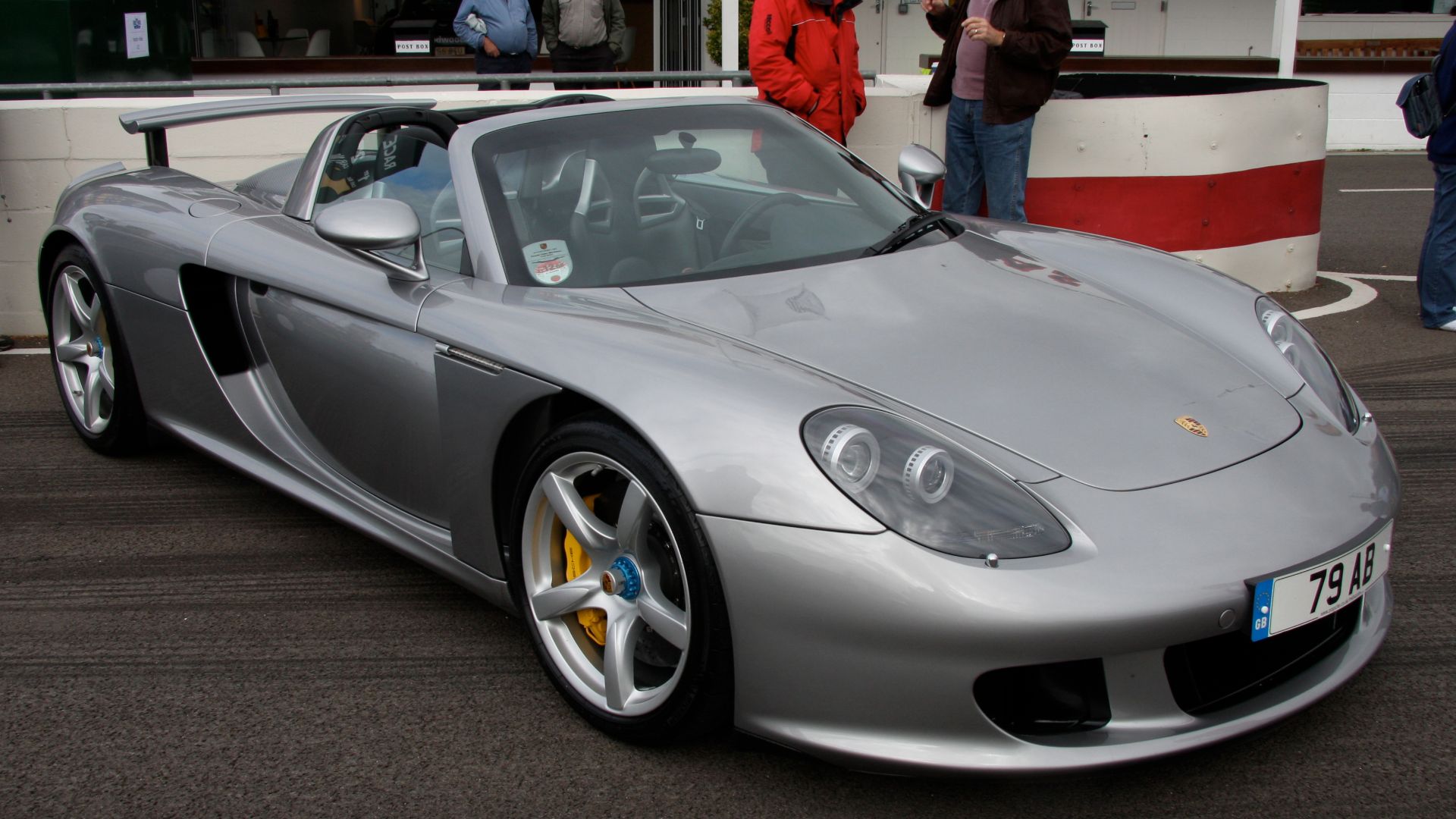 Brian Snelson from Hockley, Essex, England, Wikimedia Commons
Brian Snelson from Hockley, Essex, England, Wikimedia Commons
Audi R8
Audi’s R8 democratized the supercar by being approachable, practical, and beautifully engineered. Its aluminum spaceframe and Quattro tech meant everyday usability. With stunning looks and precision handling, it reset expectations for the segment, forcing rivals to improve build quality, ergonomics, and livability in cars that had long been temperamental.
Nissan GT-R (R35)
Nicknamed “Godzilla,” the R35 GT-R was a video game come to life. With trick AWD, a rear transaxle DCT, and launch control, it embarrassed cars twice its price. It proved advanced electronics could make performance accessible, creating a new generation of fans who craved real-world usability and unbeatable speed.
Lexus LFA
Lexus shocked enthusiasts with the LFA’s screaming 4.8-liter V10, built to rev like an F1 engine. Its carbon-fiber body used in-house technology. With only 500 made, it remains a legend, praised not just for its engineering but also for its intoxicating sound—one of the greatest exhaust notes ever.
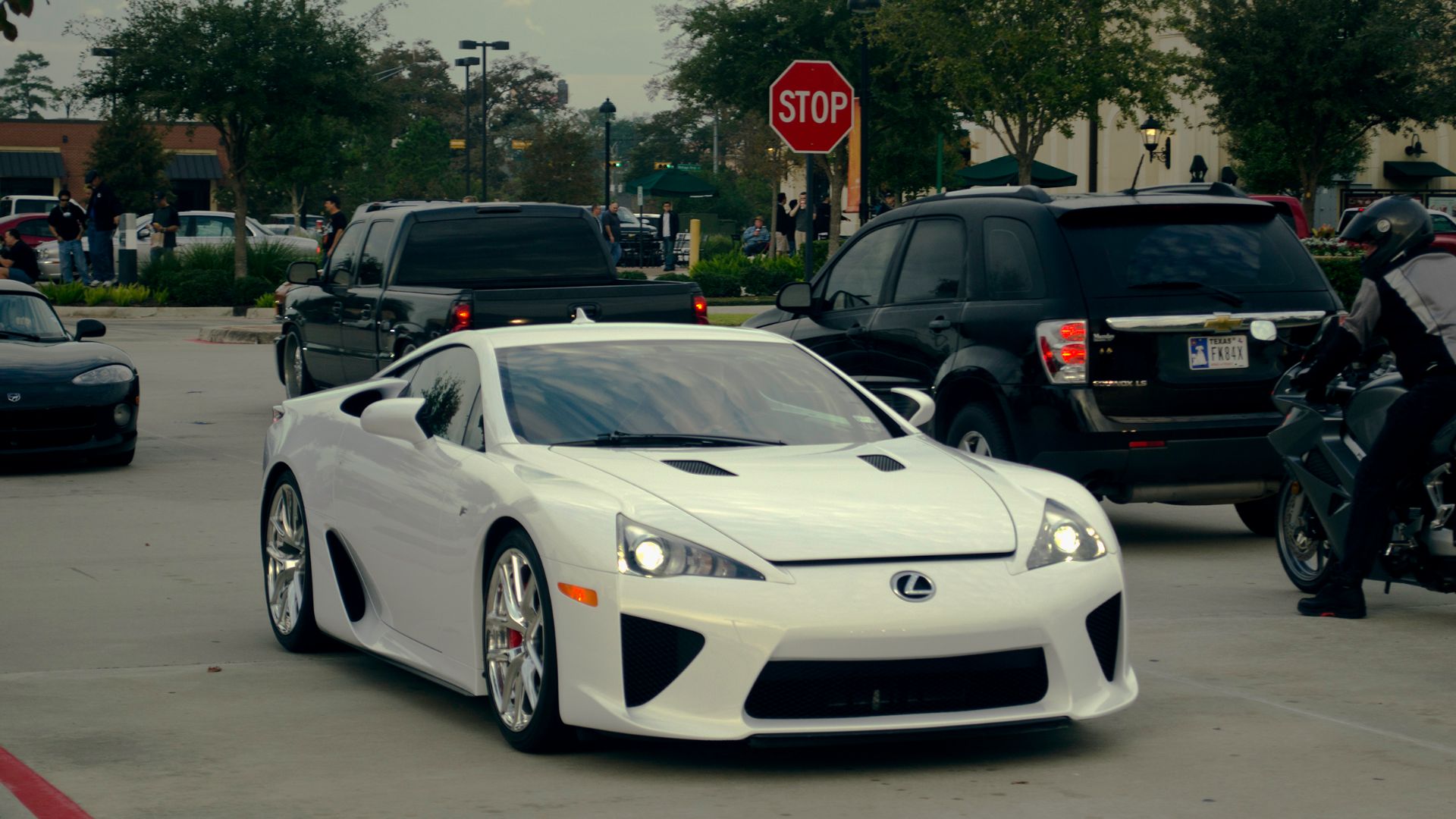 Michael Price from Houston, USA, Wikimedia Commons
Michael Price from Houston, USA, Wikimedia Commons
Pagani Zonda
The Zonda marked the birth of Pagani, blending AMG V12 power with aerospace-grade carbon-titanium artistry. It wasn’t just fast—it was art. Horacio Pagani’s obsession with detail reset expectations of craftsmanship in hypercars, inspiring other boutique makers to pair bespoke luxury with outrageous performance in ways never seen before.
Koenigsegg One:1
The world’s first production car with a one-to-one power-to-weight ratio delivered a full megawatt of power. The One:1 also pioneered active aerodynamics. Koenigsegg’s creative engineering, like hollow carbon-fiber wheels and triplex suspension, showed how a tiny Swedish company could lead innovation, forcing established supercar giants to take notice.
Bugatti Veyron 16.4
The Veyron was considered impossible until Bugatti did it. With 1,001 hp and 253 mph, it shattered every speed record. Yet it remained civil, with leather-lined comfort. It redefined the limits of engineering excess, showing that money, technology, and vision could create the automotive equivalent of landing on the moon.
Bugatti Chiron Super Sport 300+
Breaking the 300-mph barrier was once thought absurd, but the Chiron made it real with 304.7 mph. It reimagined aerodynamics and safety. Beyond bragging rights, it forced regulators, tire makers, and engineers to consider an entirely new threshold of what “road car” performance could actually mean.
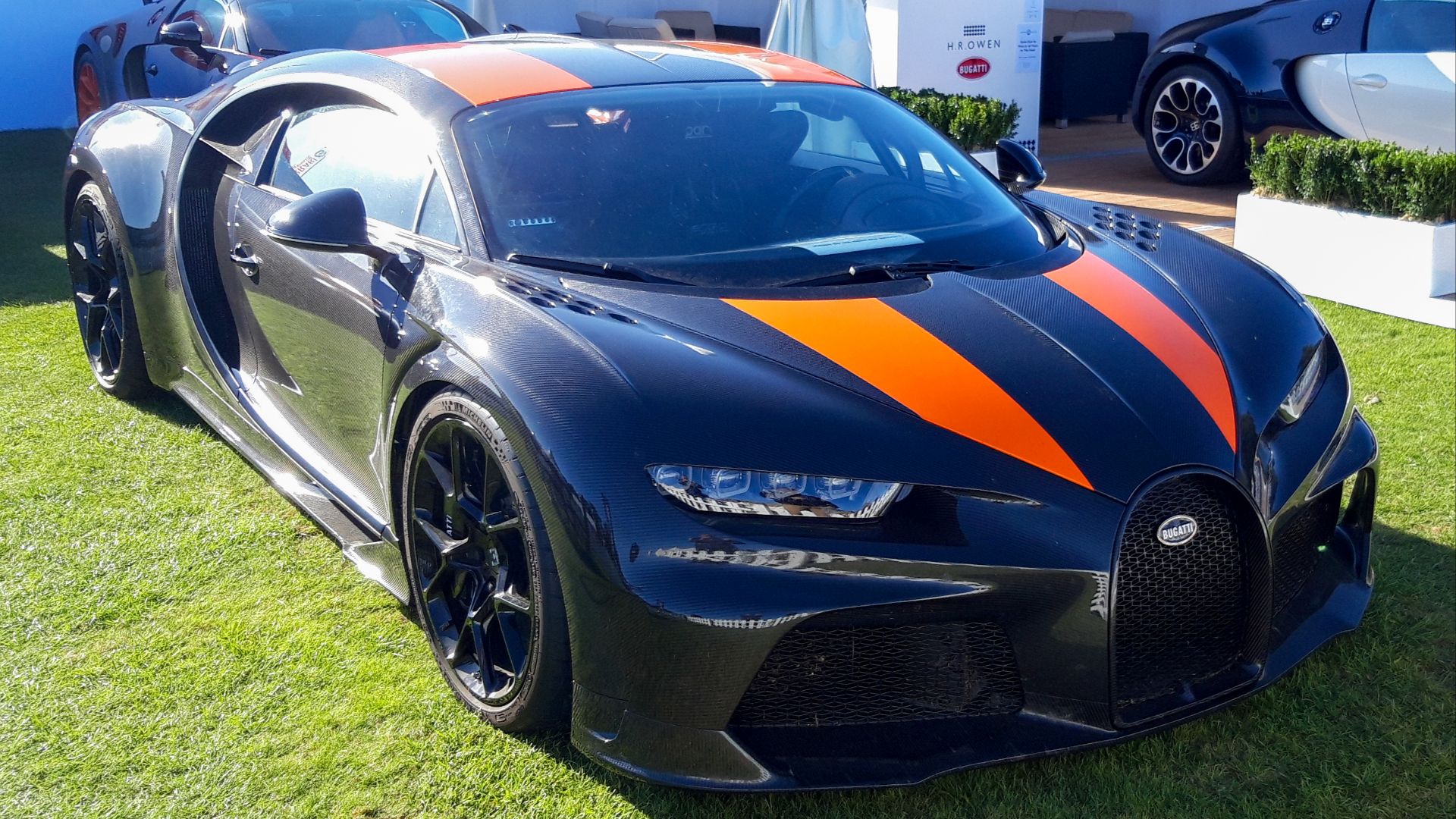 Liam Walker, Wikimedia Commons
Liam Walker, Wikimedia Commons
Porsche 918 Spyder
A plug-in hybrid that smashed the Nürburgring in under seven minutes, the 918 Spyder proved electric power could be an ally in performance. Its V8 engine worked with dual motors for insane grip and acceleration. It changed perceptions of hybrids forever, inspiring a wave of electrified performance machines.
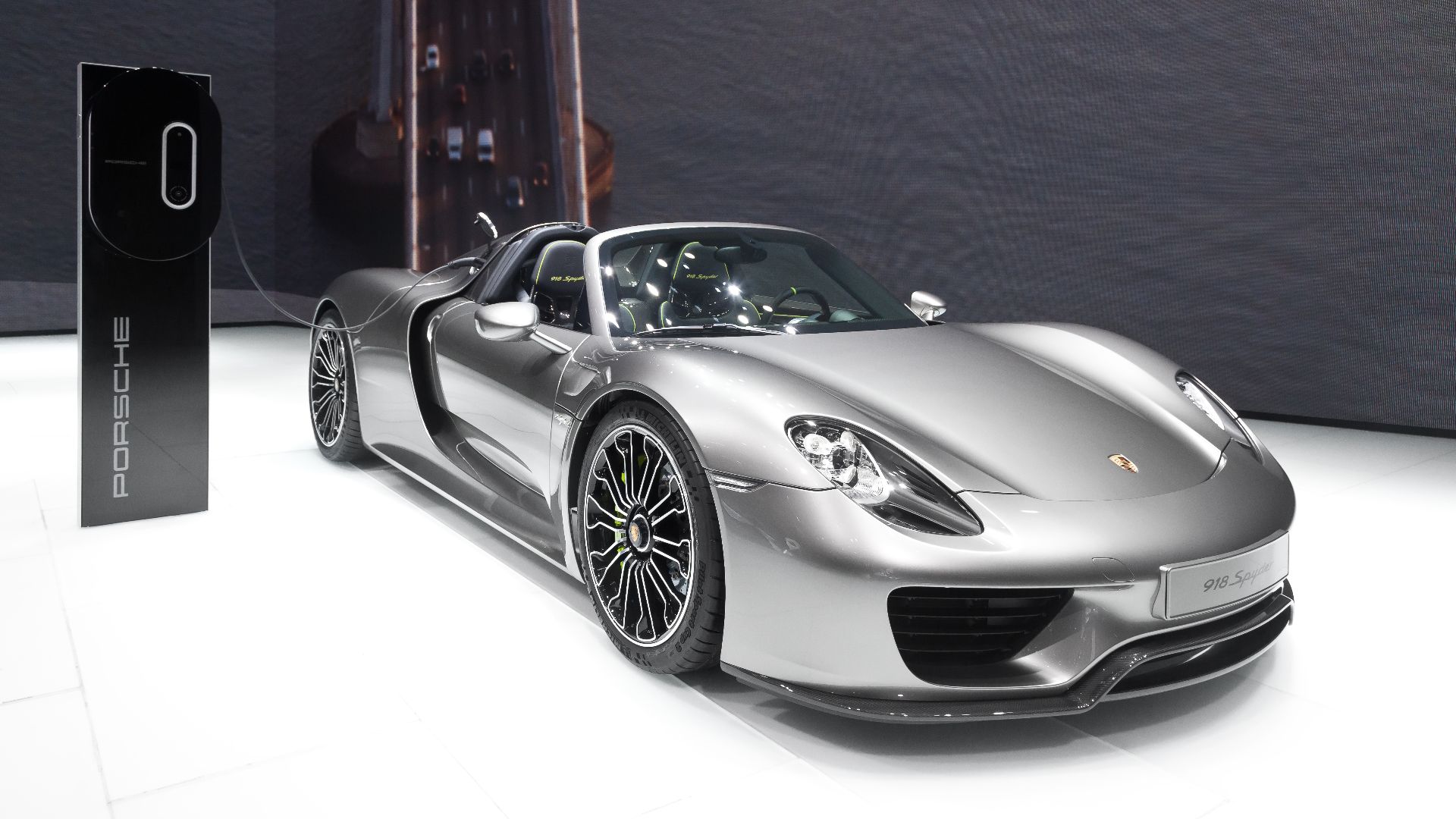 Thomas Wolf, www.foto-tw.de, Wikimedia Commons
Thomas Wolf, www.foto-tw.de, Wikimedia Commons
McLaren P1
With Formula 1 tech trickling down to the road, the P1 fused turbo V8 power with electric assistance for outrageous speed. Its active aero and Brake Steer system kept everything composed. It was the first true hyper-hybrid and remains a defining moment in McLaren’s return to supercar greatness.
Ferrari LaFerrari
Ferrari’s crown jewel mixed a naturally aspirated V12 with an F1-style HY-KERS hybrid system. It wasn’t just about speed—it was about theater. With jaw-dropping looks, active aero, and electrified punch, it stood as Ferrari’s most technologically advanced road car of its time, proudly carrying the Prancing Horse forward.
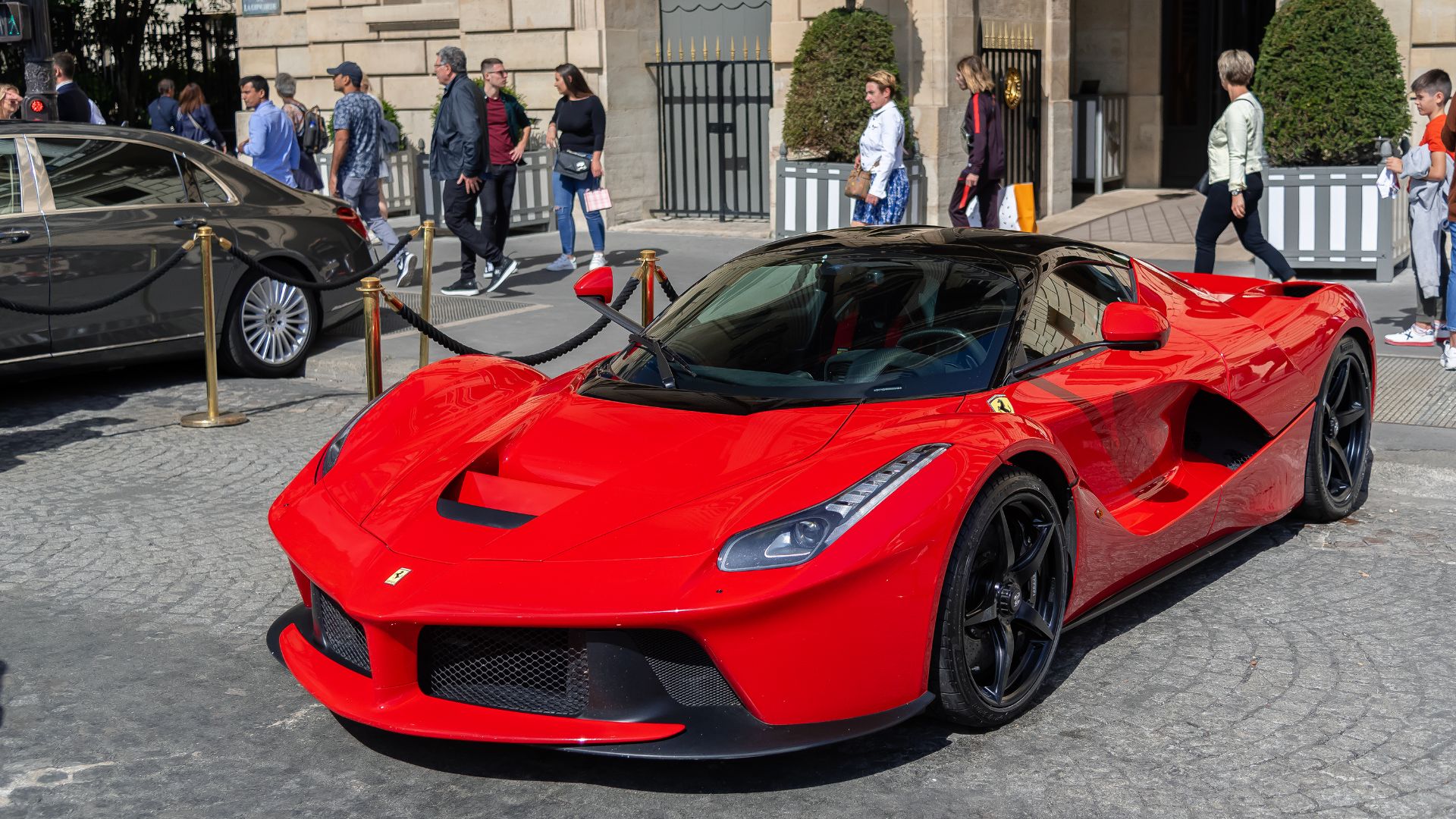 Alexandre Prevot from Nancy, France, Wikimedia Commons
Alexandre Prevot from Nancy, France, Wikimedia Commons
Ford GT (2017)
A Le Mans winner for the road, the 2017 GT combined a carbon-fiber chassis with an efficient EcoBoost V6. Its active aero sculpted airflow to perfection. Ford proved that with modern engineering, displacement didn’t matter—racing technology and design brilliance could make even a V6 a supercar killer.
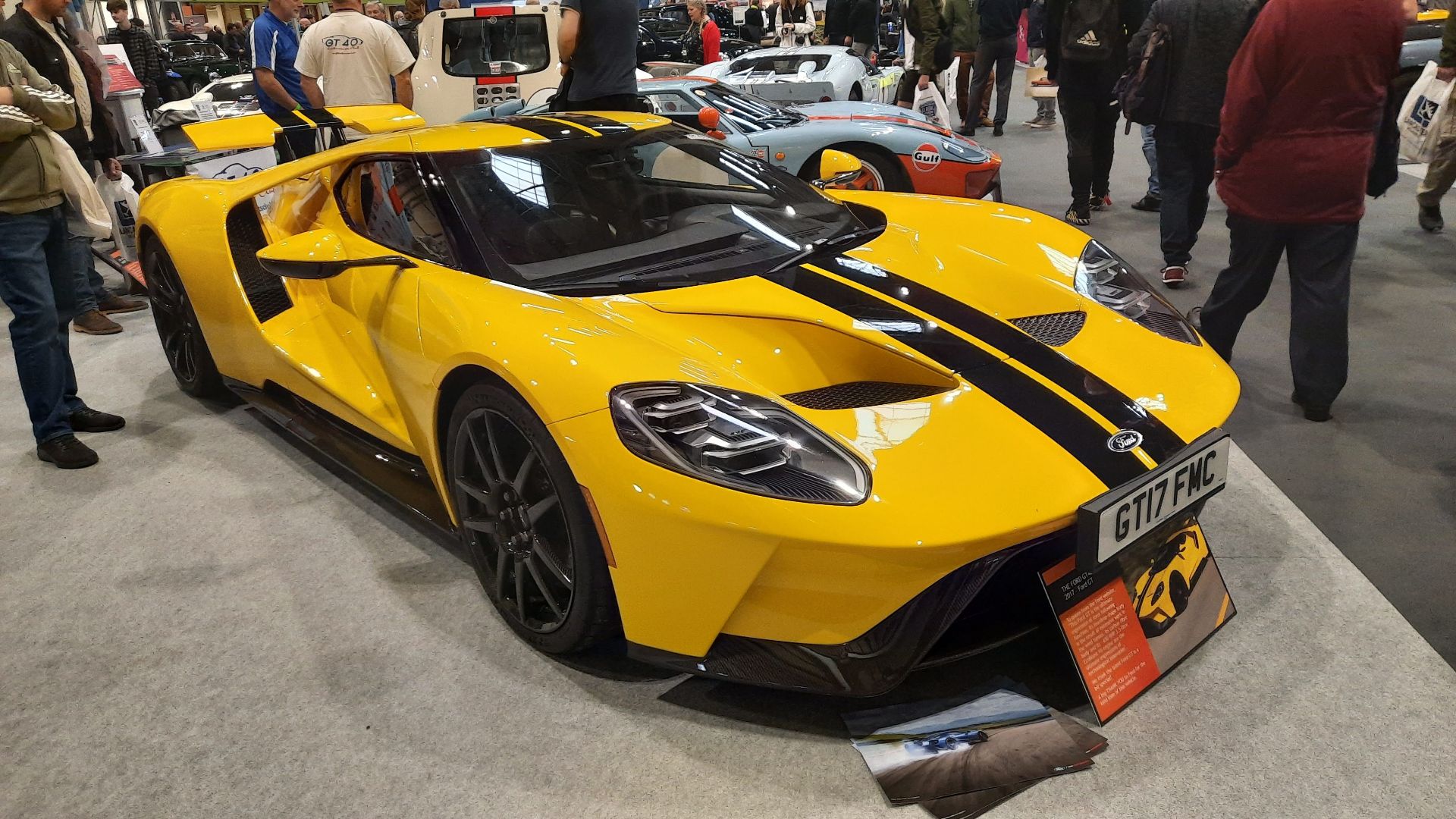 Kieran White from Manchester, England, Wikimedia Commons
Kieran White from Manchester, England, Wikimedia Commons
Rimac Nevera
With four electric motors, advanced torque vectoring, and in-house battery wizardry, the Nevera rewrote physics. It launched to 60 mph in under two seconds. Rimac showed the EV hypercar wasn’t a novelty—it was the future, forcing legacy makers to take electrification seriously in the world of high-performance cars.
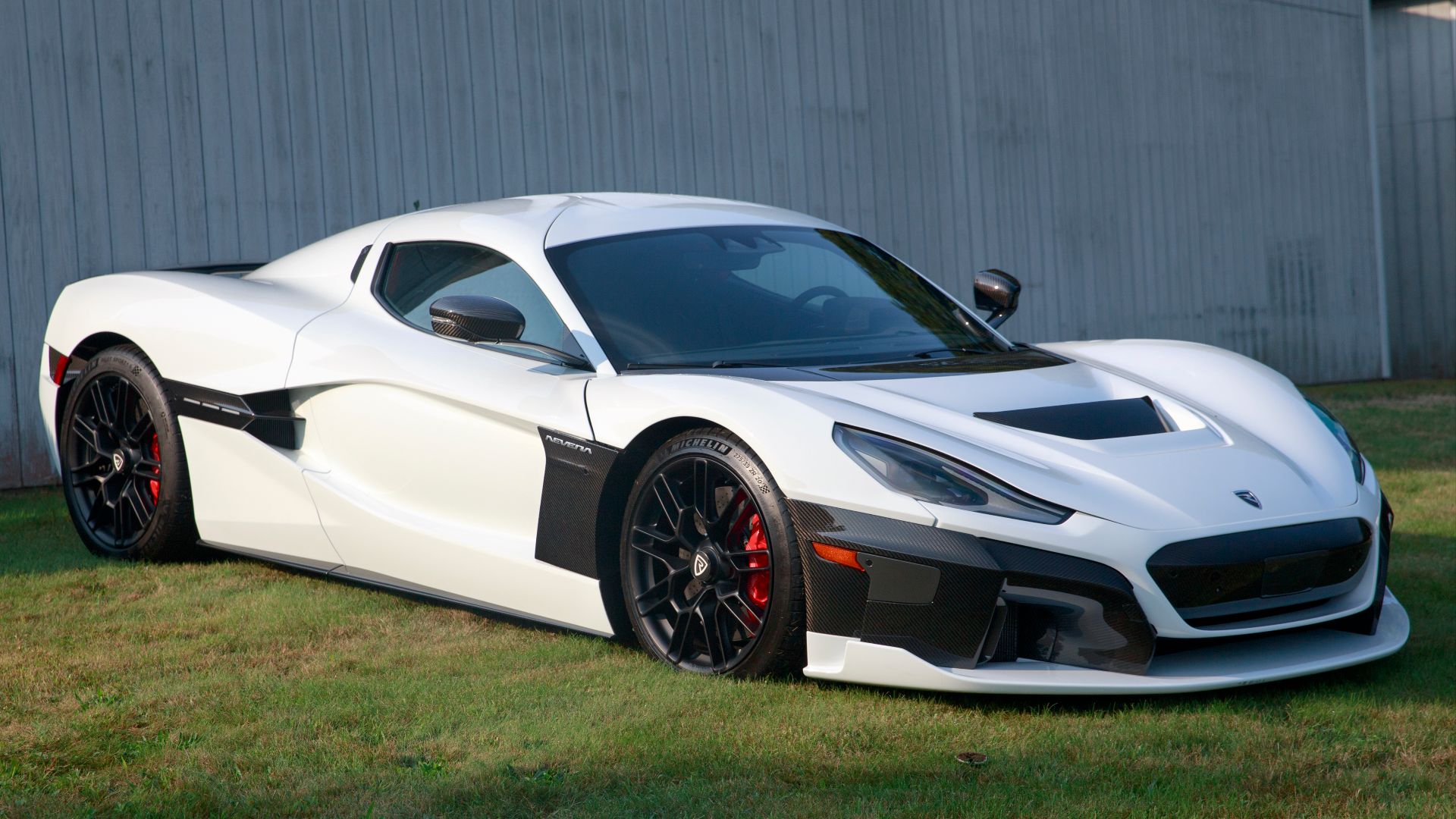 Mr.choppers, Wikimedia Commons
Mr.choppers, Wikimedia Commons
Lotus Evija
Lotus took its light-is-right ethos and cranked it to megawatt levels with the Evija, its 2,000-hp EV hypercar. Radical aerodynamics channeled air like a fighter jet. It signaled a bold new era for Lotus, showing minimalism could meet monstrous electric power in spectacularly futuristic fashion.
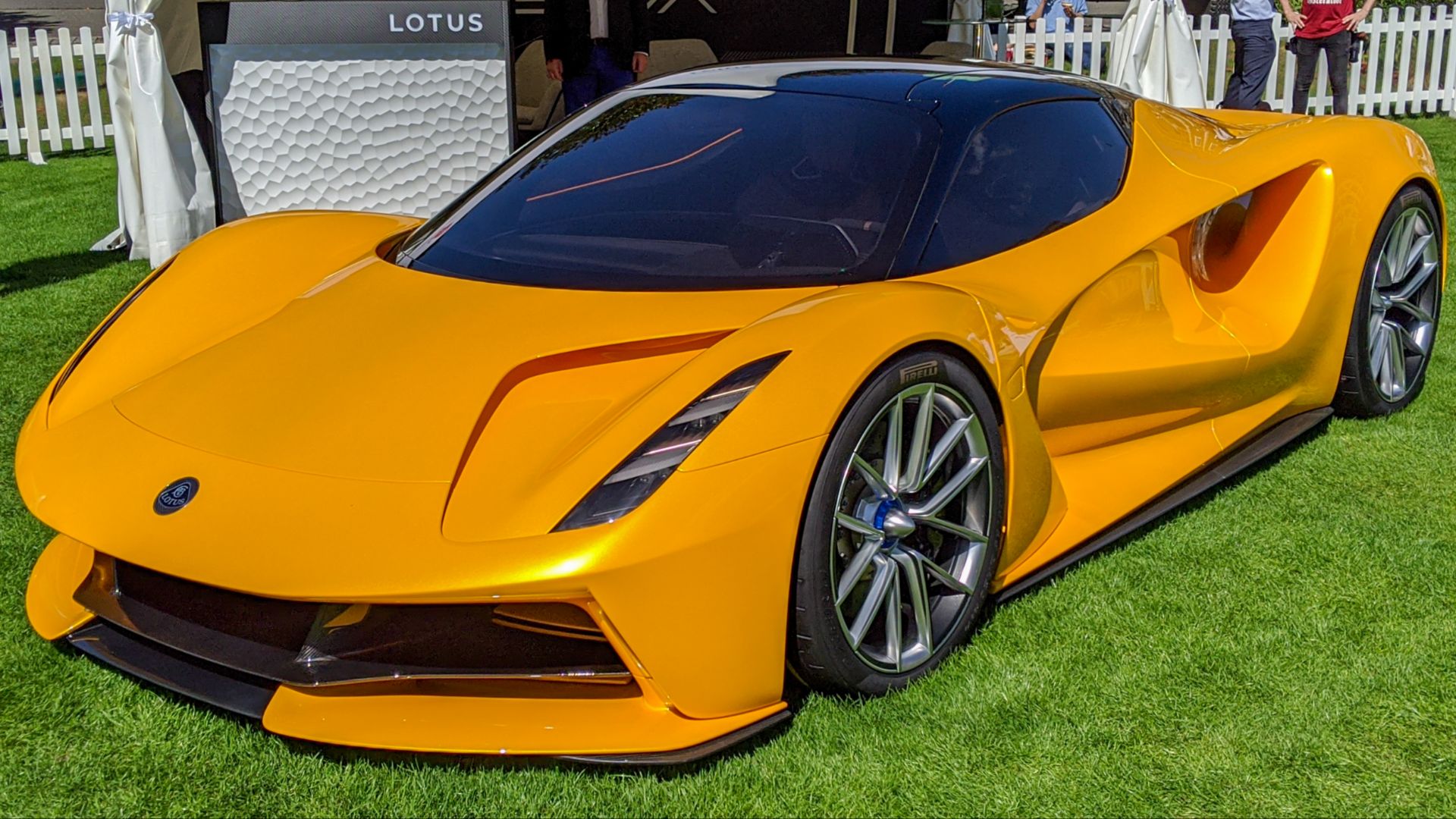 Chelsea Jay, Wikimedia Commons
Chelsea Jay, Wikimedia Commons
Which Groundbreaking Supercar Was Your Favorite?
Supercars aren’t just fast—they’re philosophy. Each car here reframed what materials to use, how to make power, or how to make drivers feel. Together they chart the industry’s most daring ideas, from fuel-injected ’50s race tech to carbon tubs, hybrids, and now megawatt EVs. The throughline? Bold engineering that makes the future feel inevitable—and a little bit outrageous.
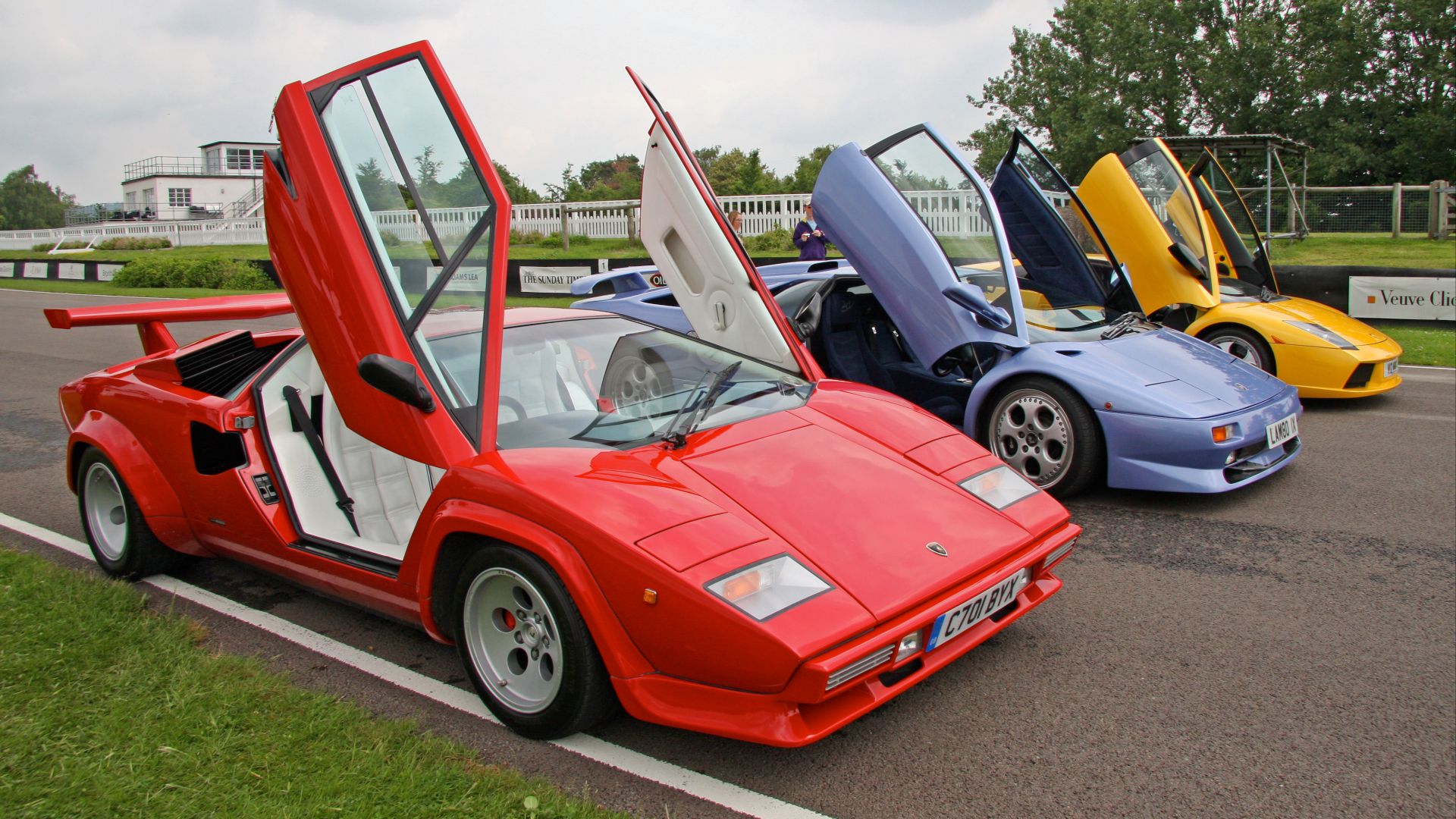 Brian Snelson from Hockley, Essex, England, Wikimedia Commons
Brian Snelson from Hockley, Essex, England, Wikimedia Commons
You May Also Like:
The Most Iconic Pickup Trucks Of All-Time
The Best First Cars For Teenagers—According To Data

